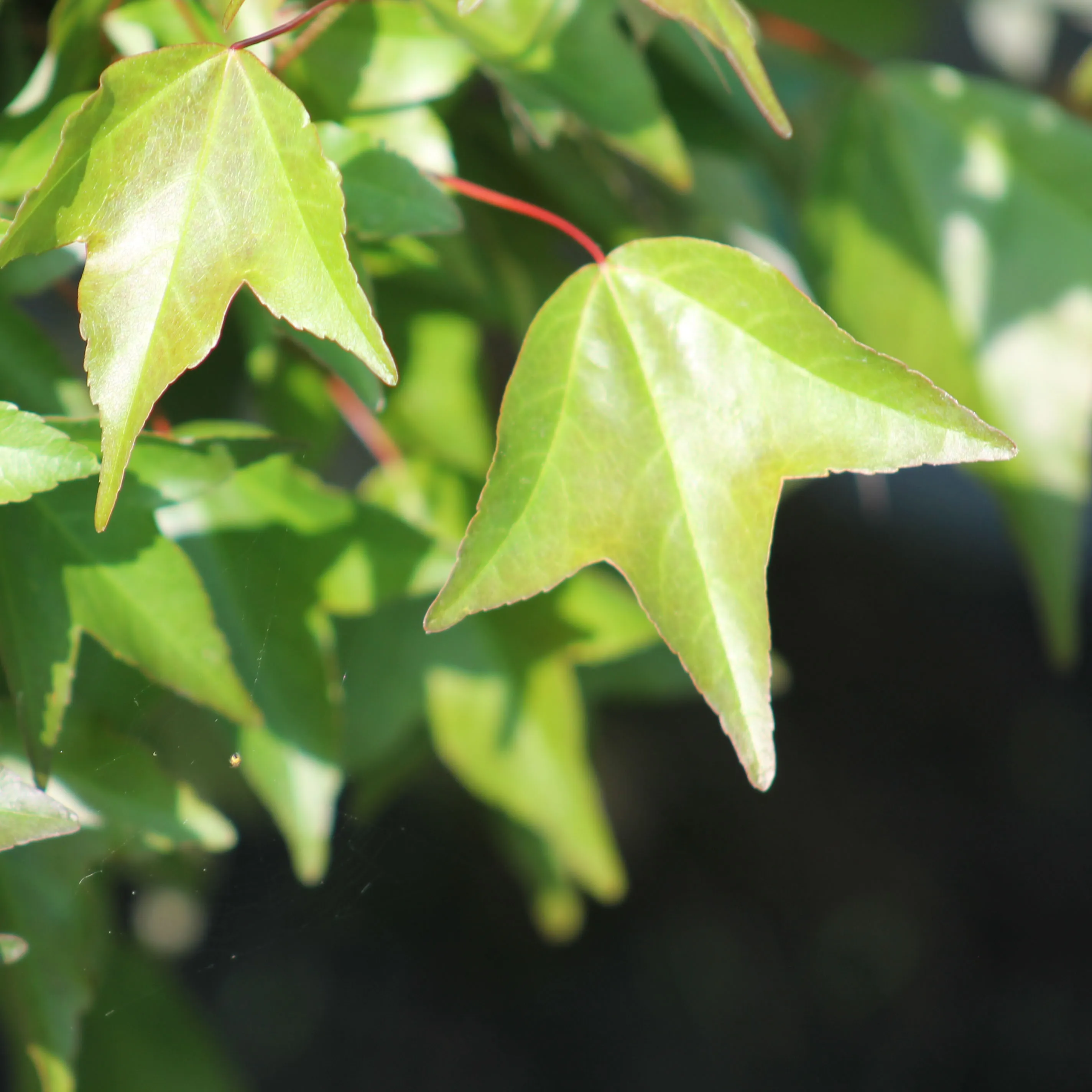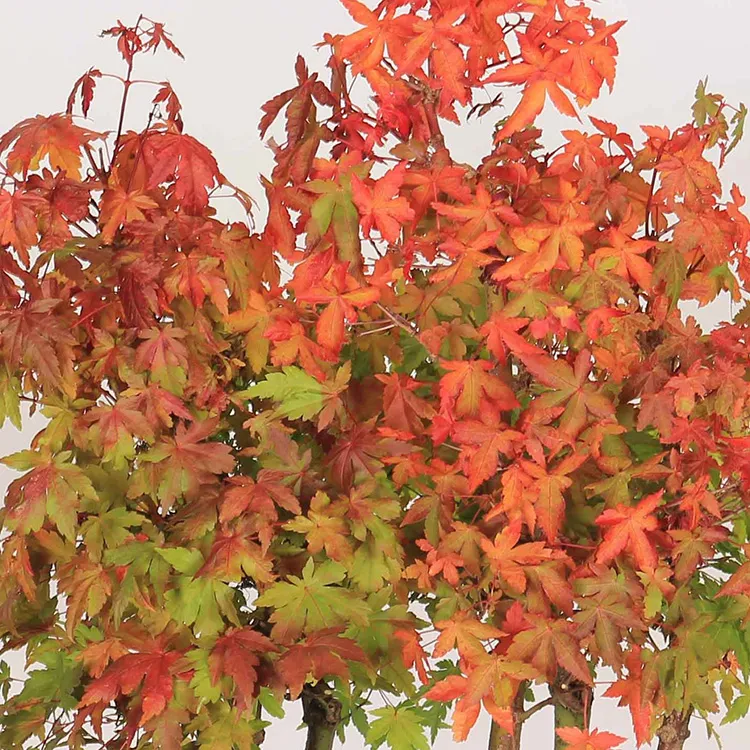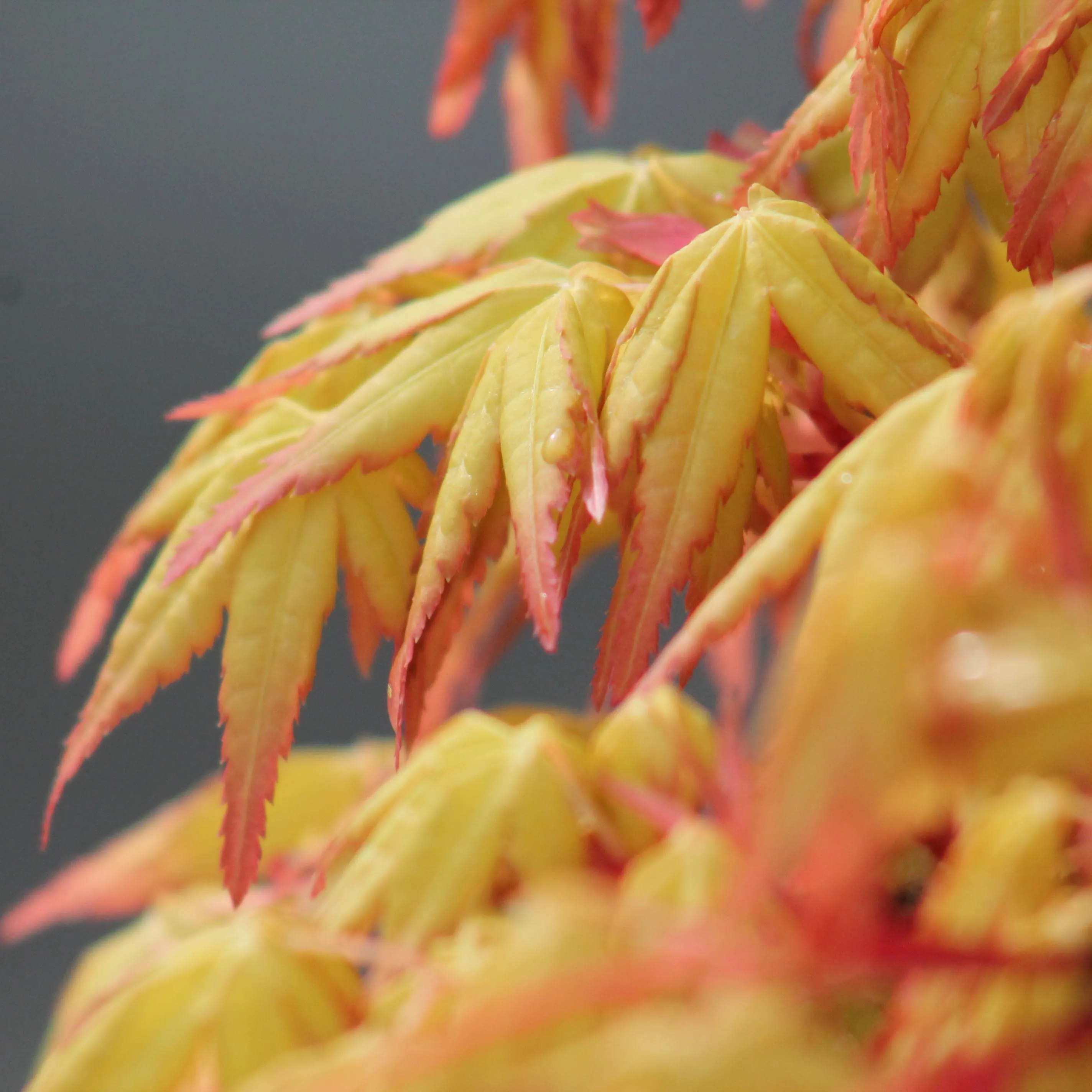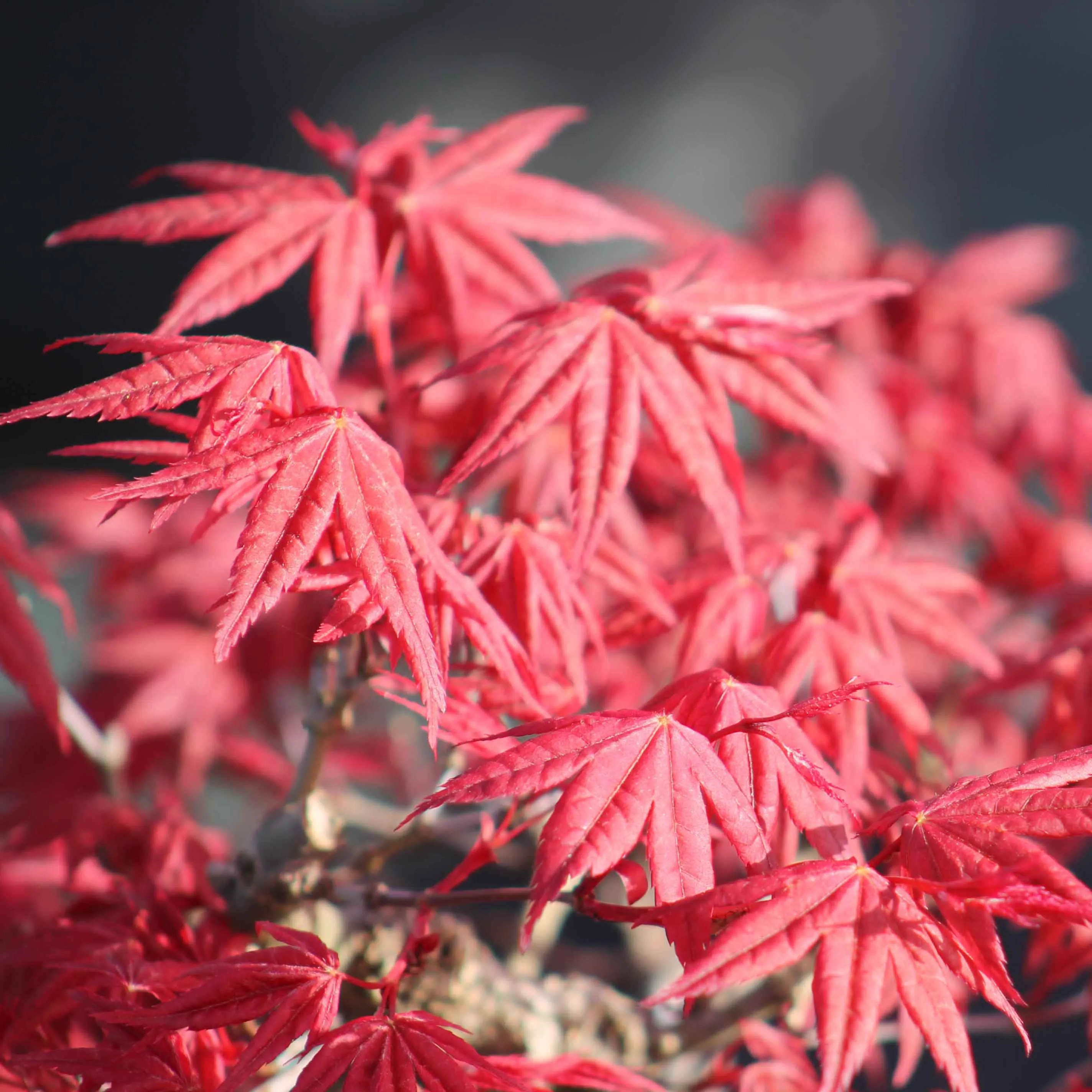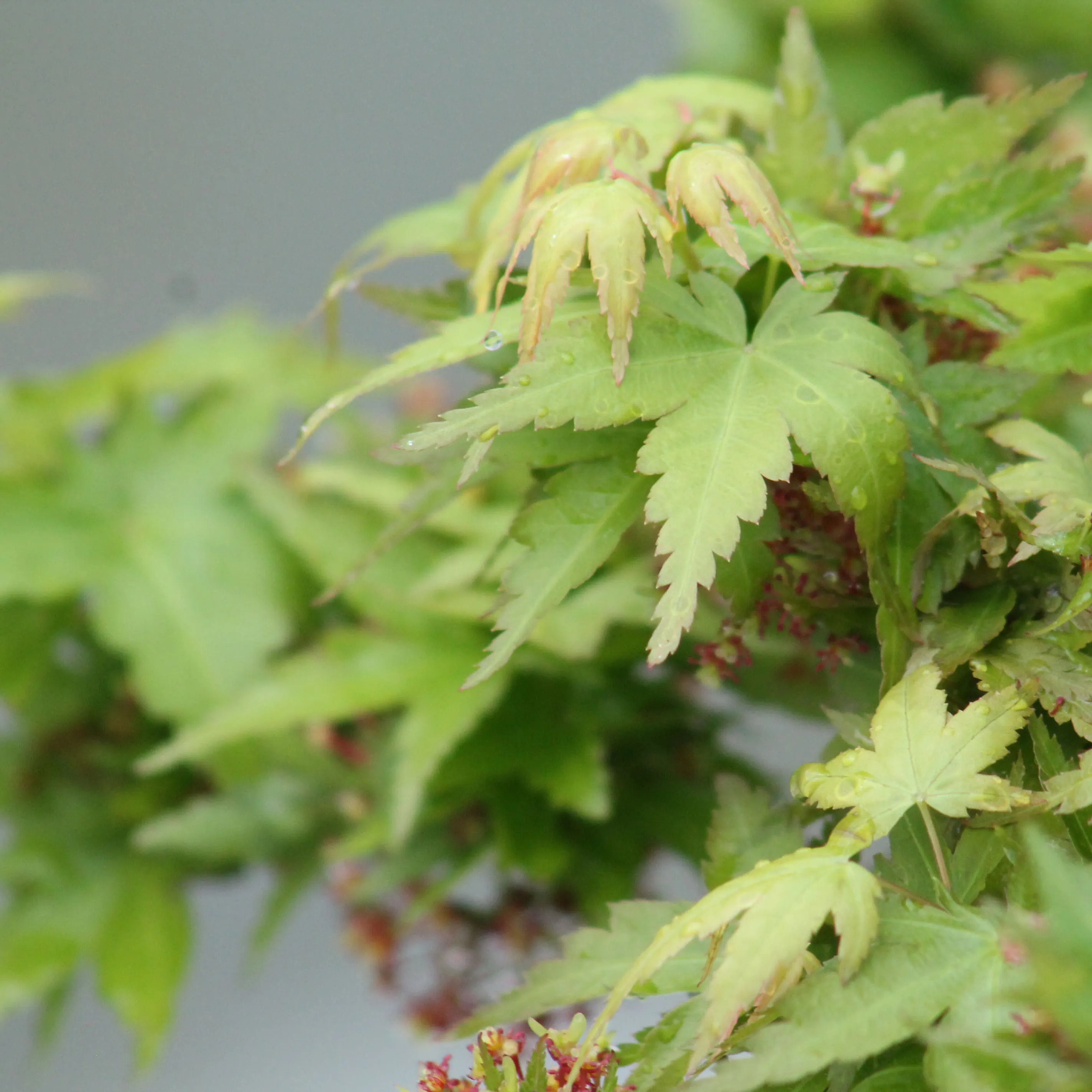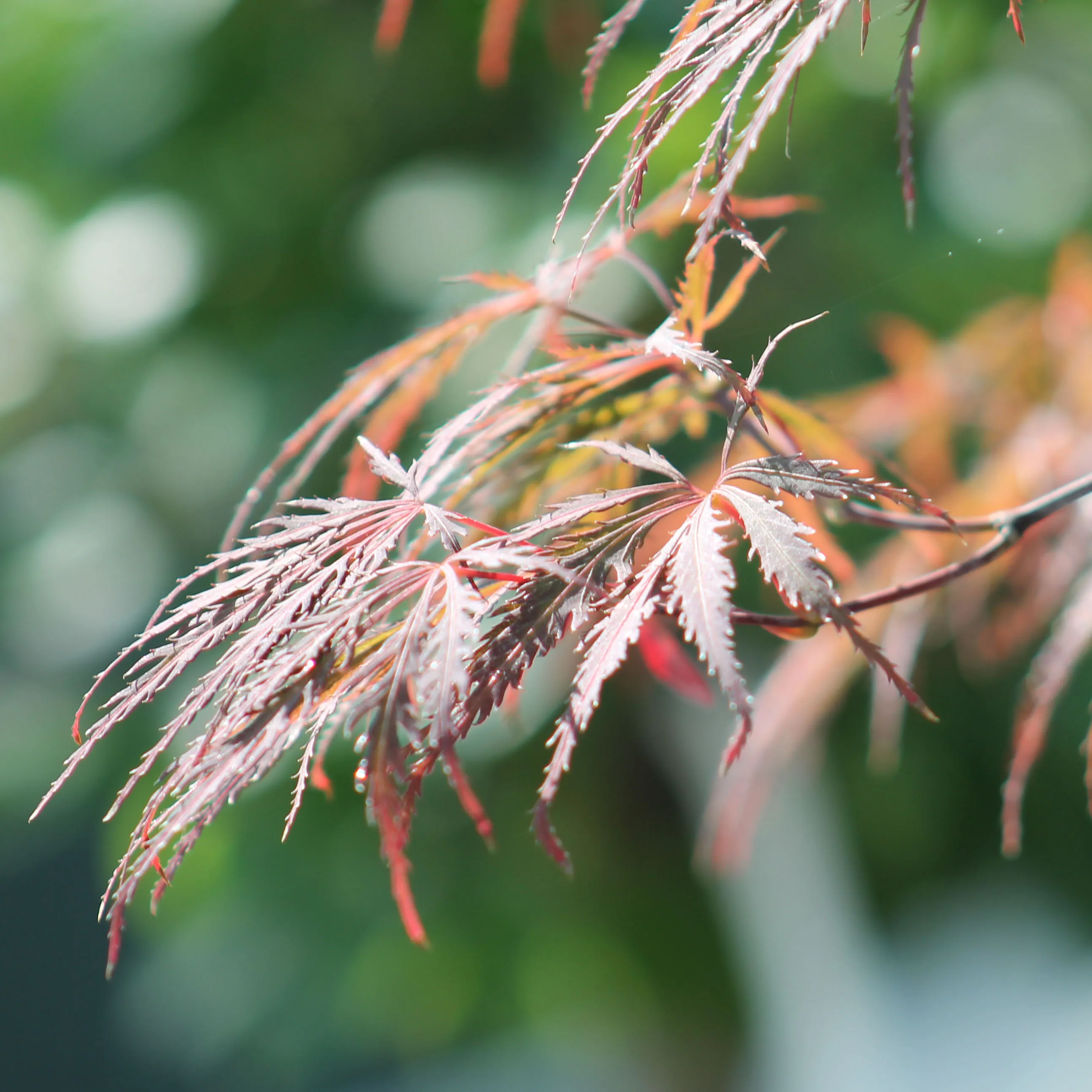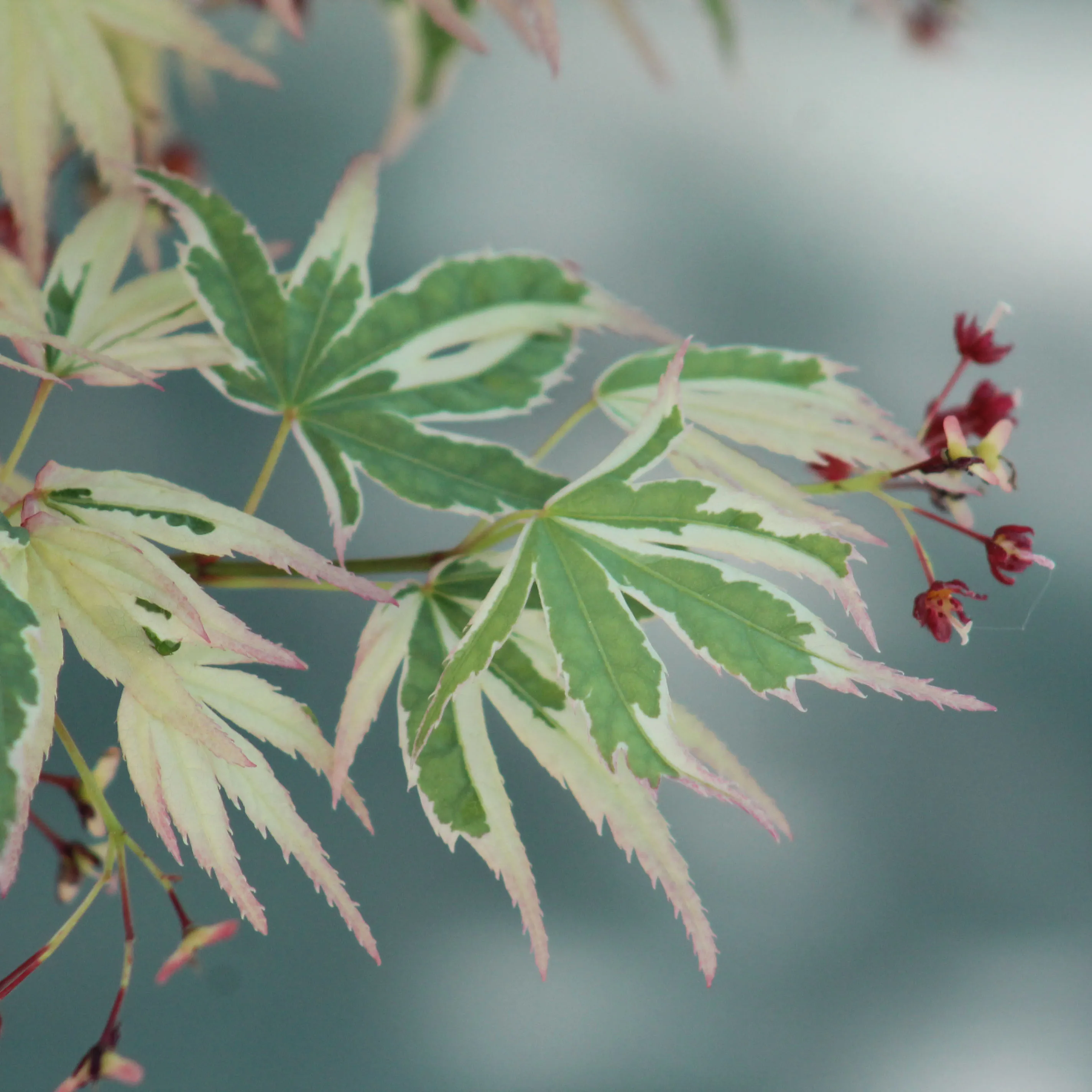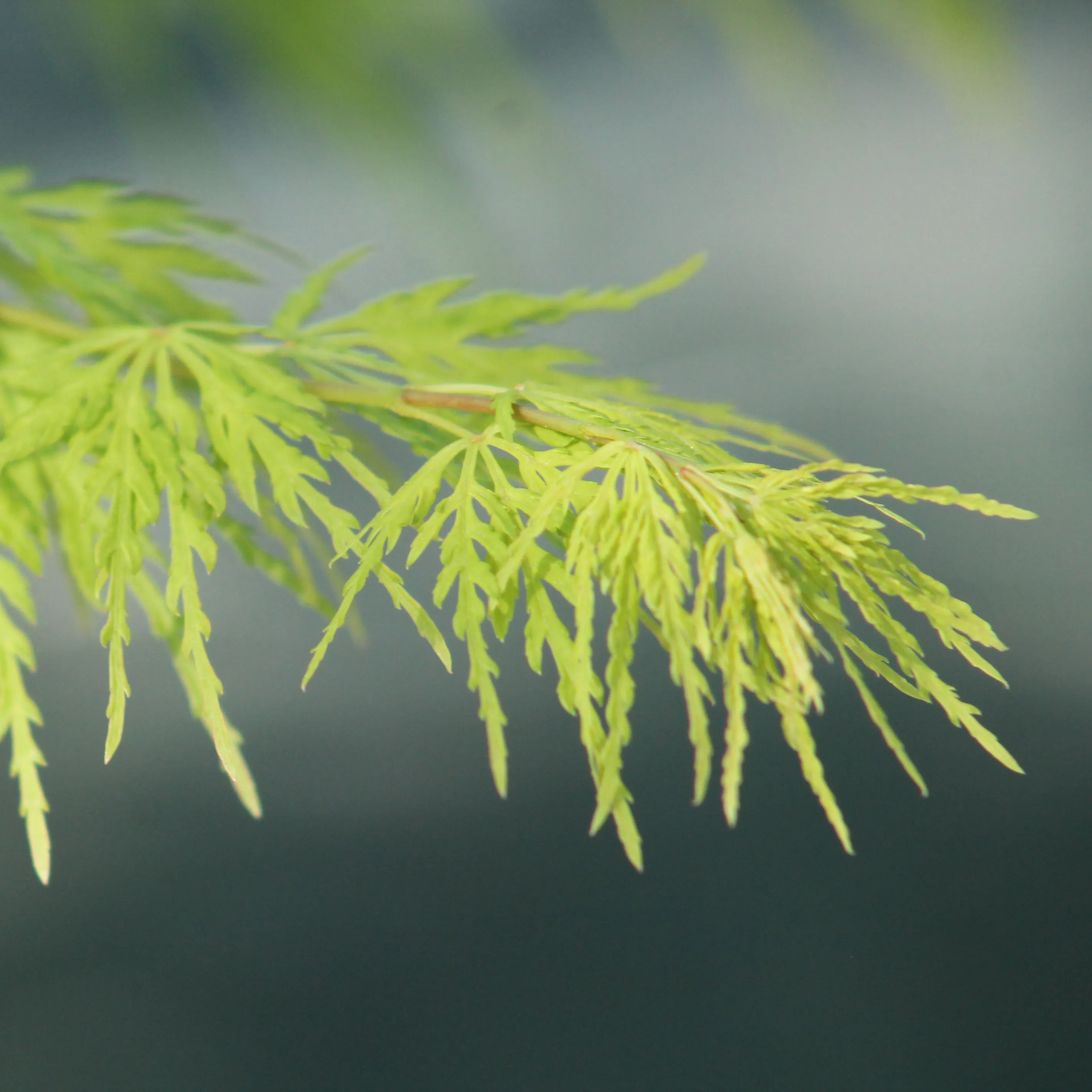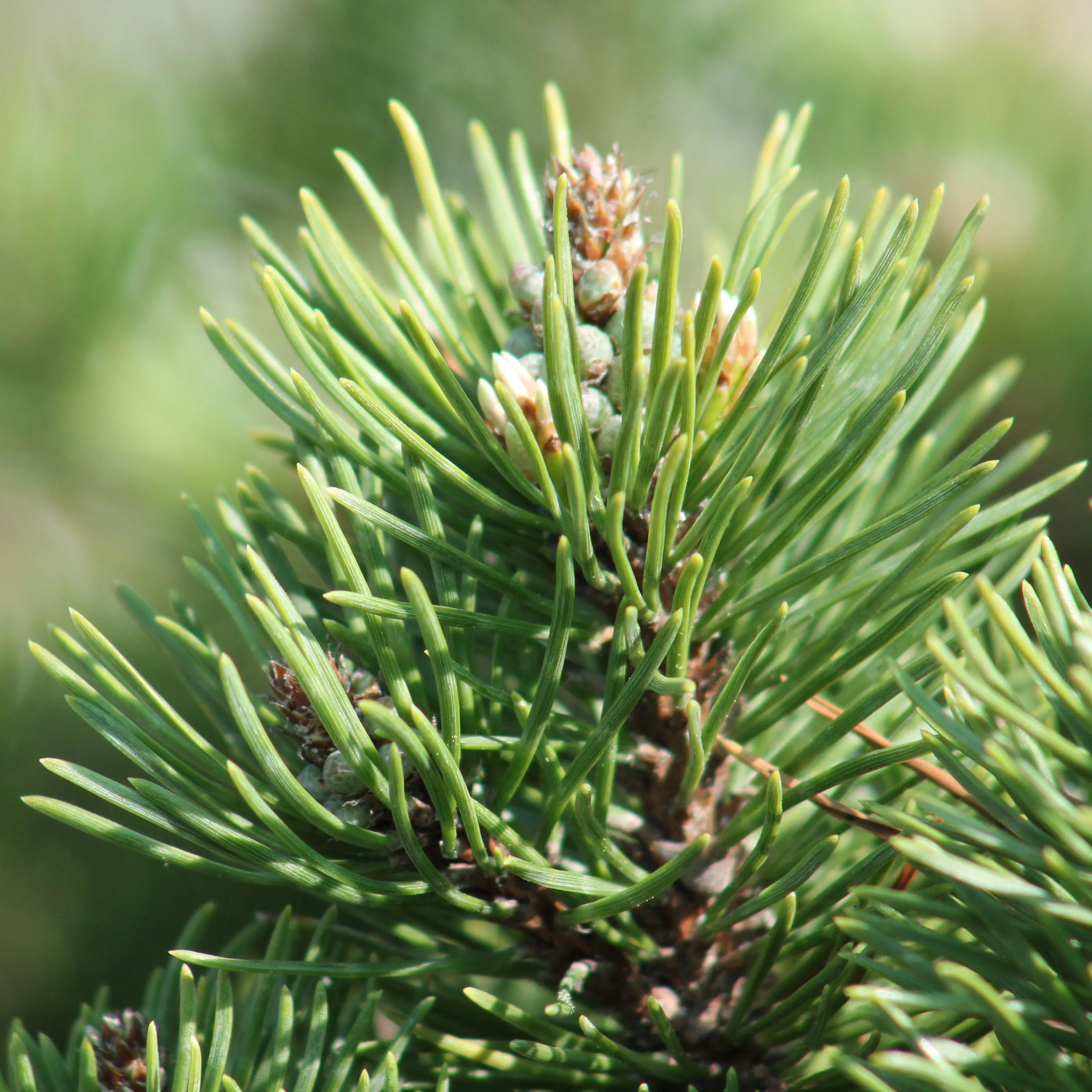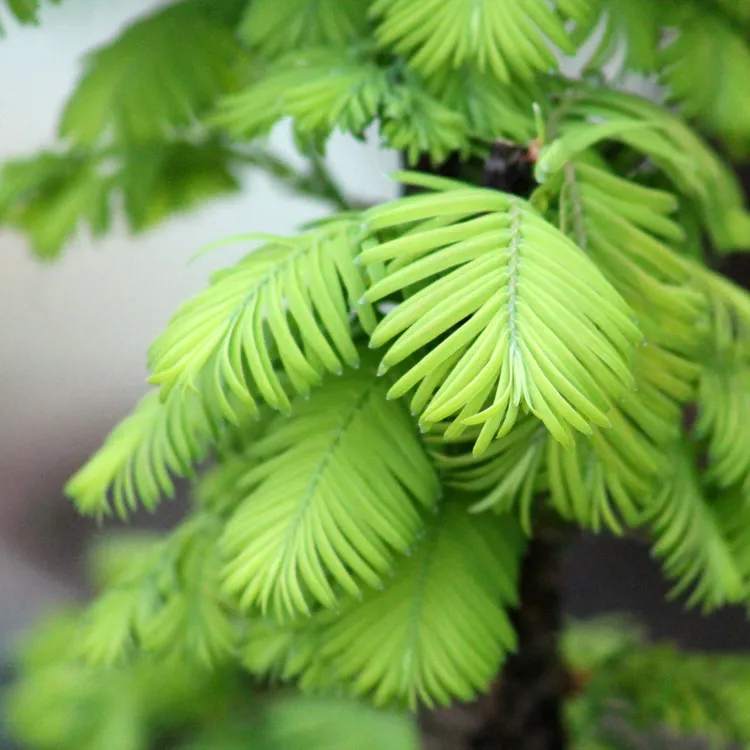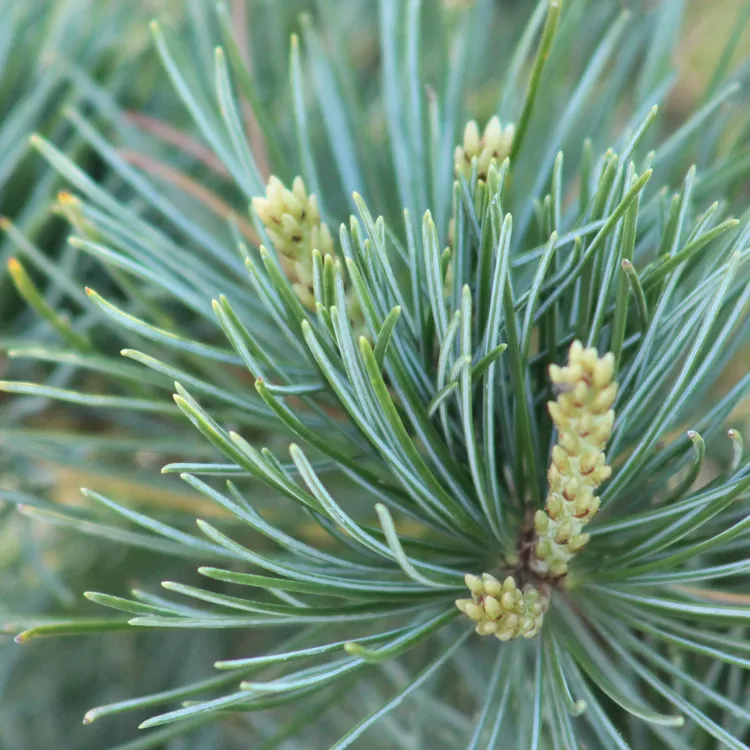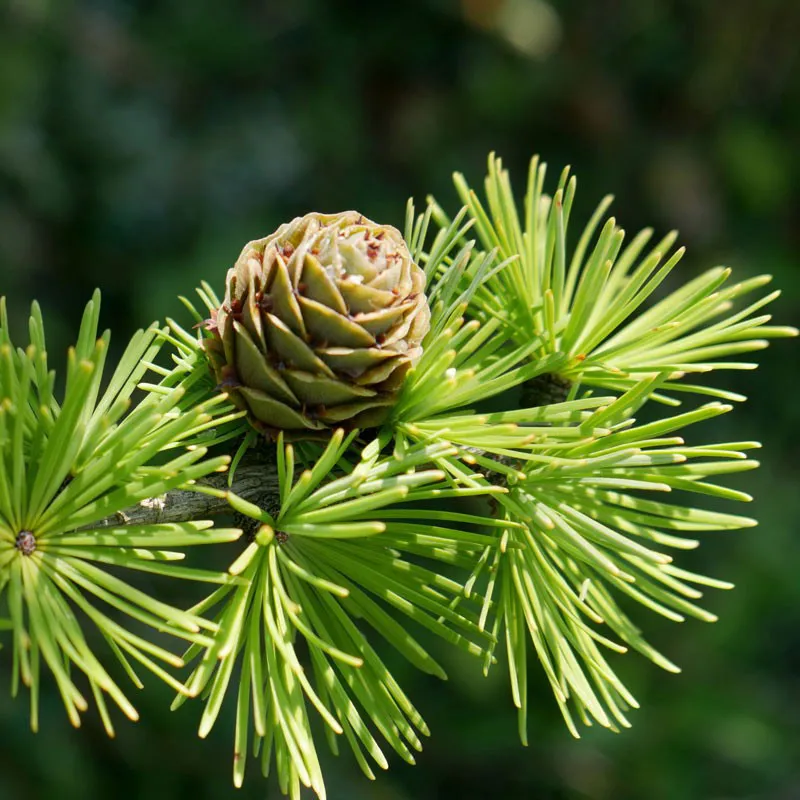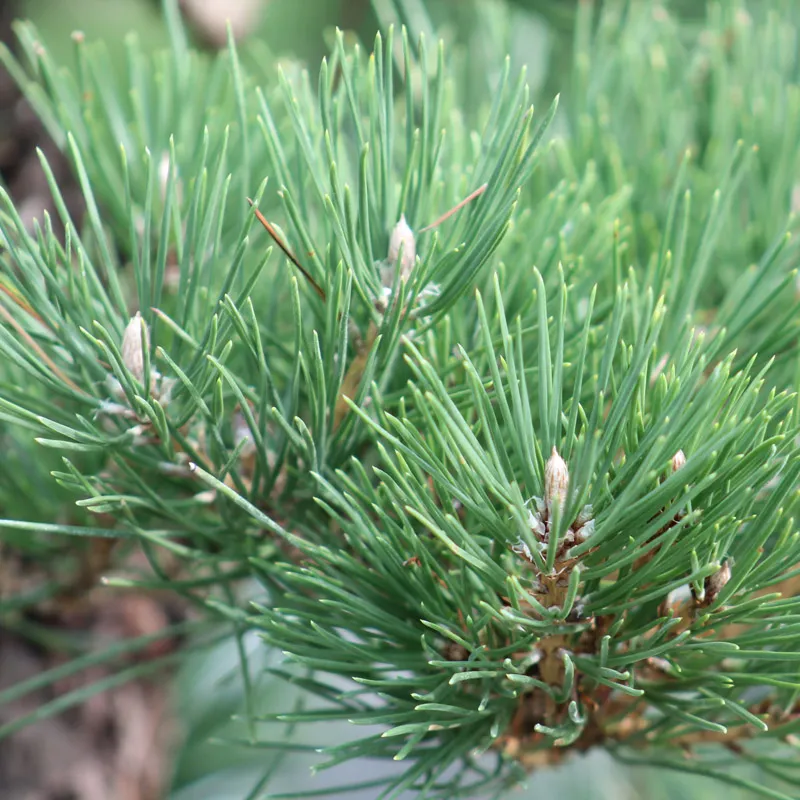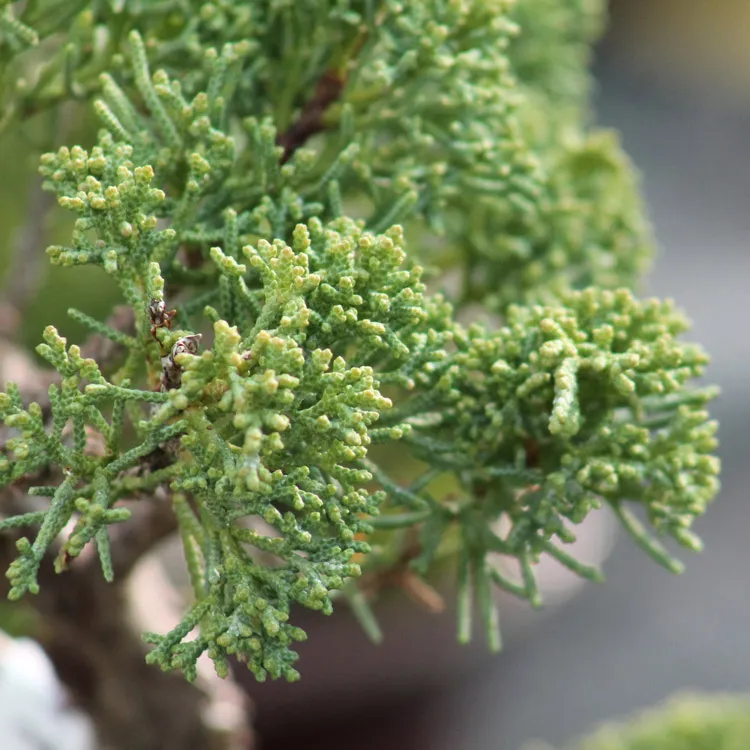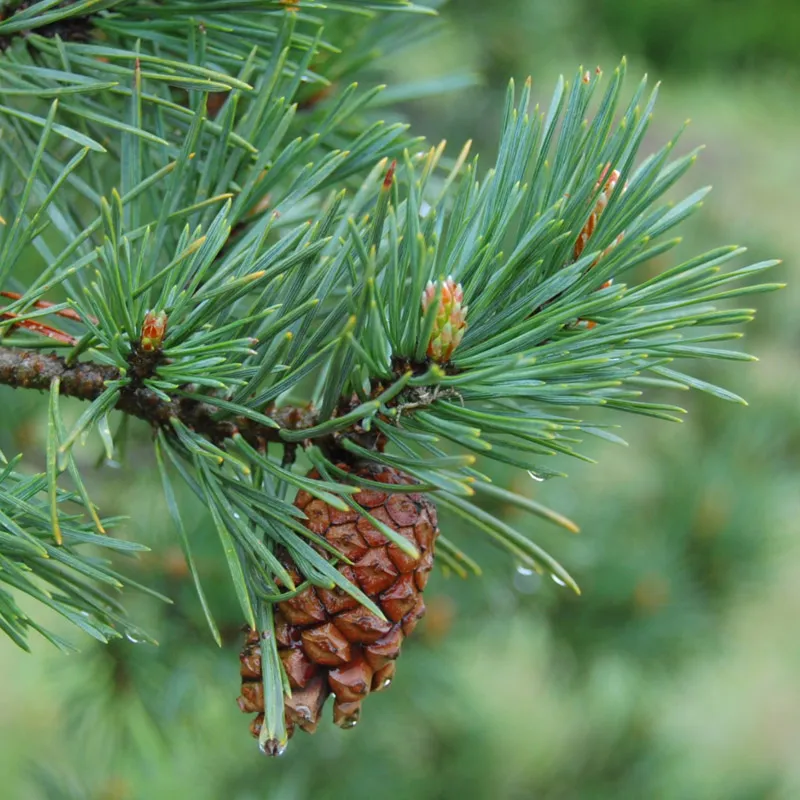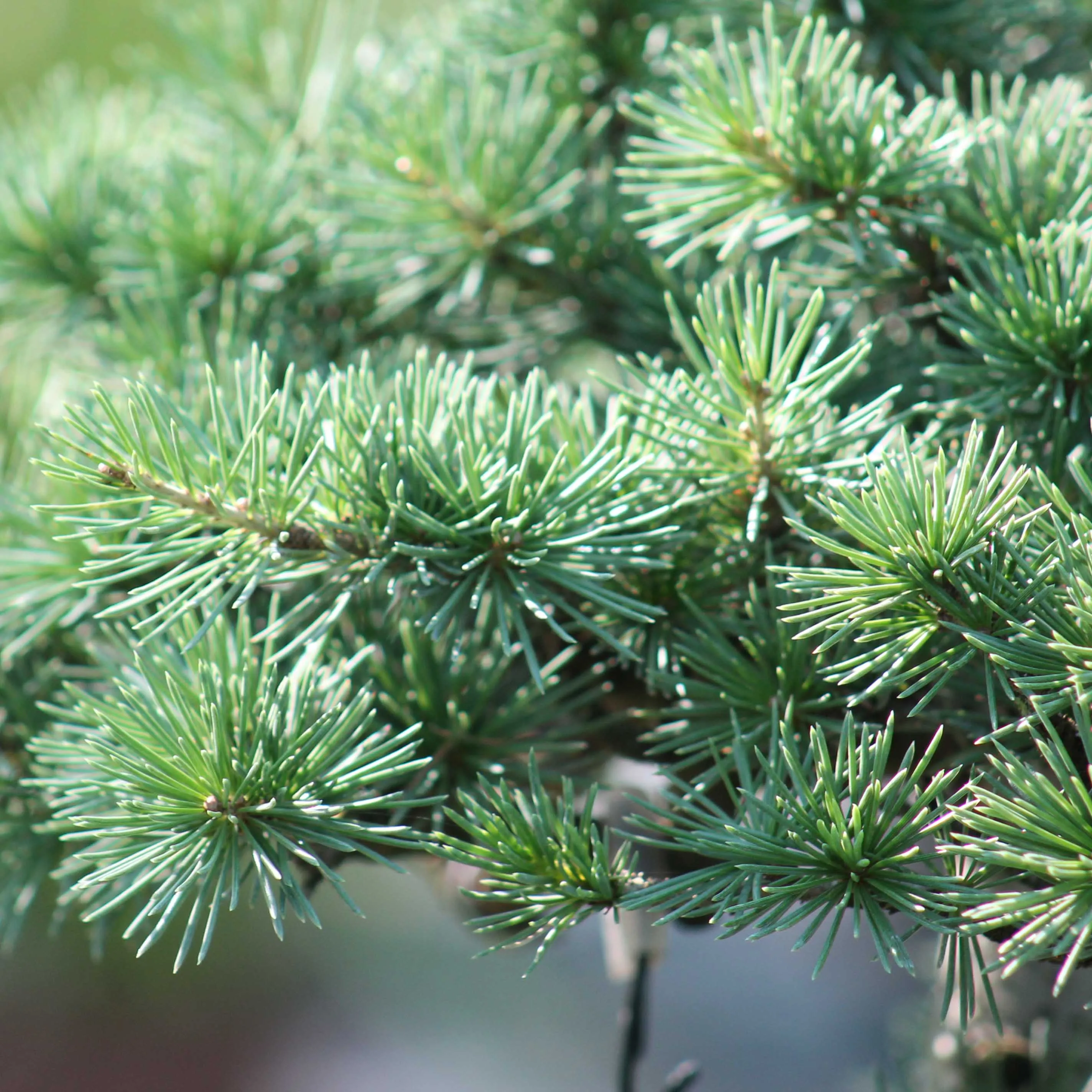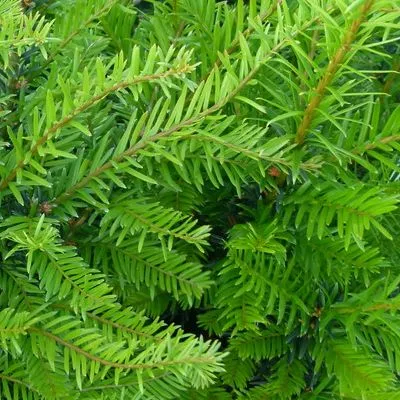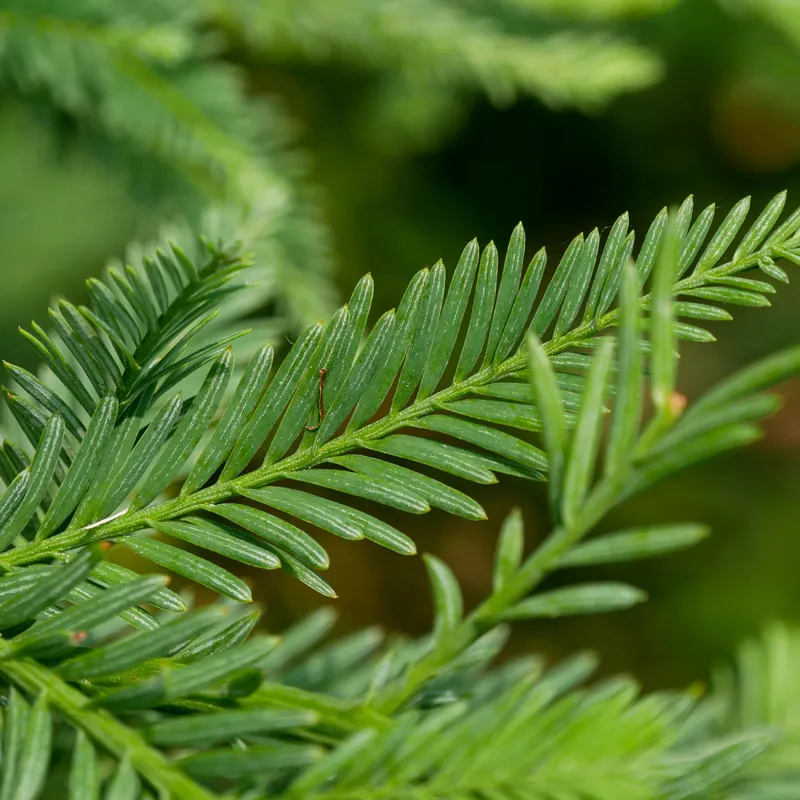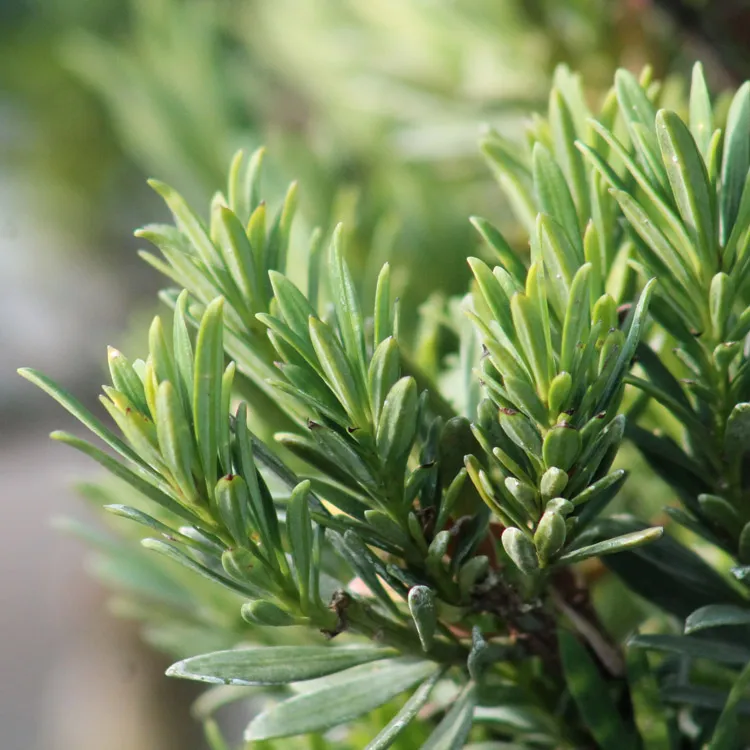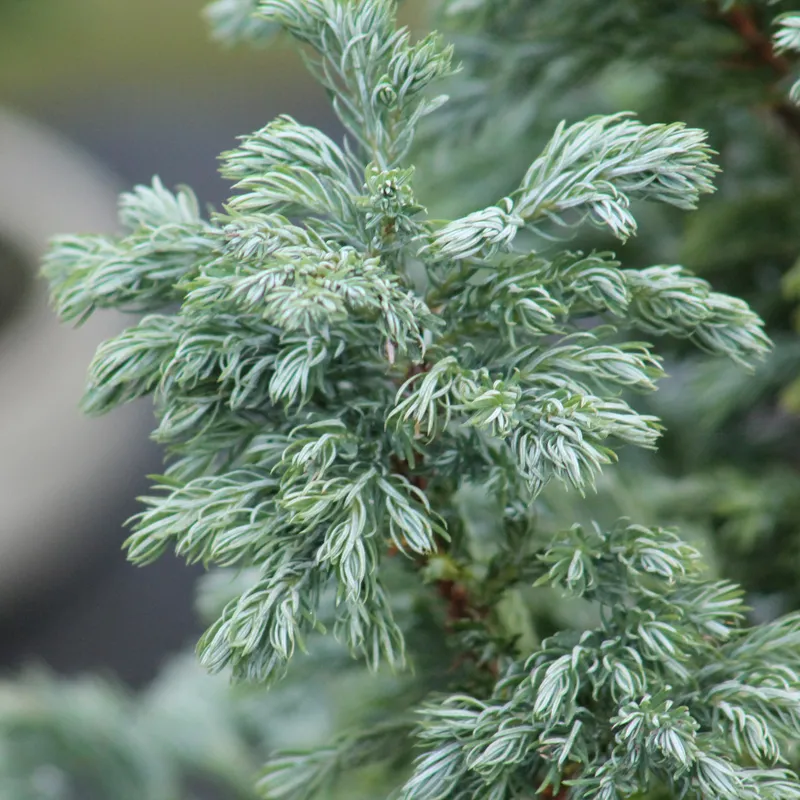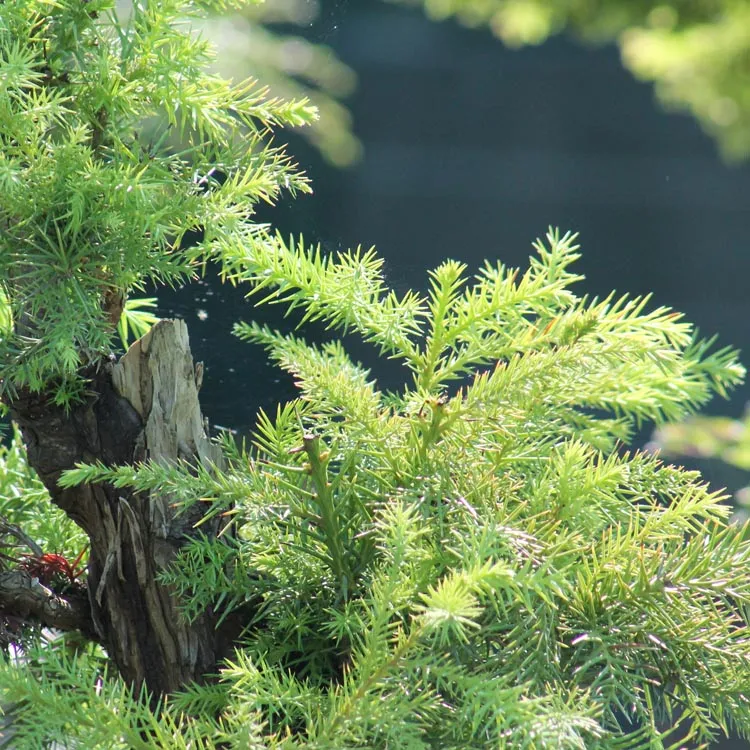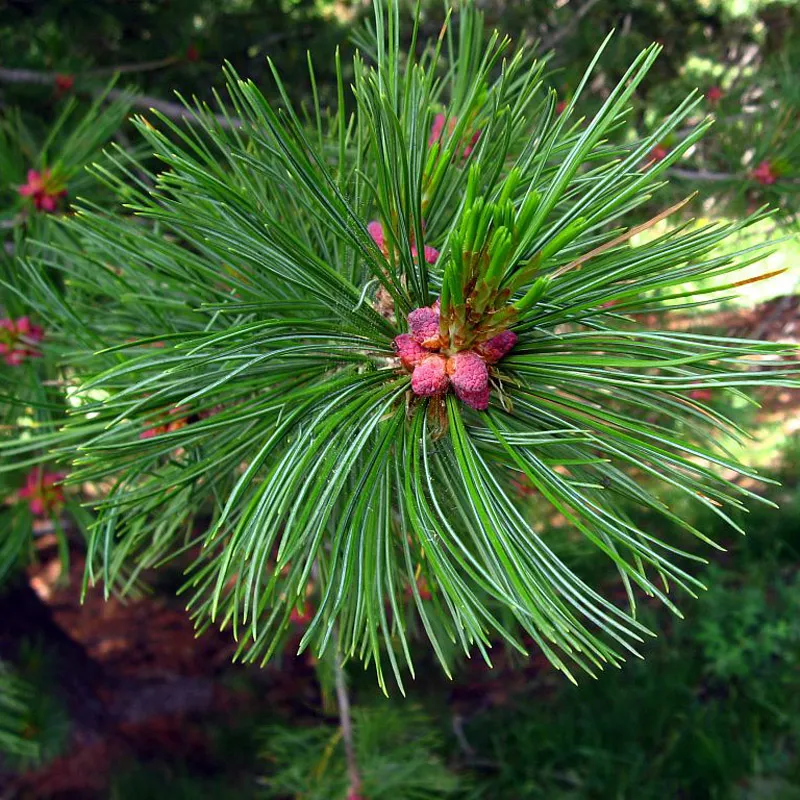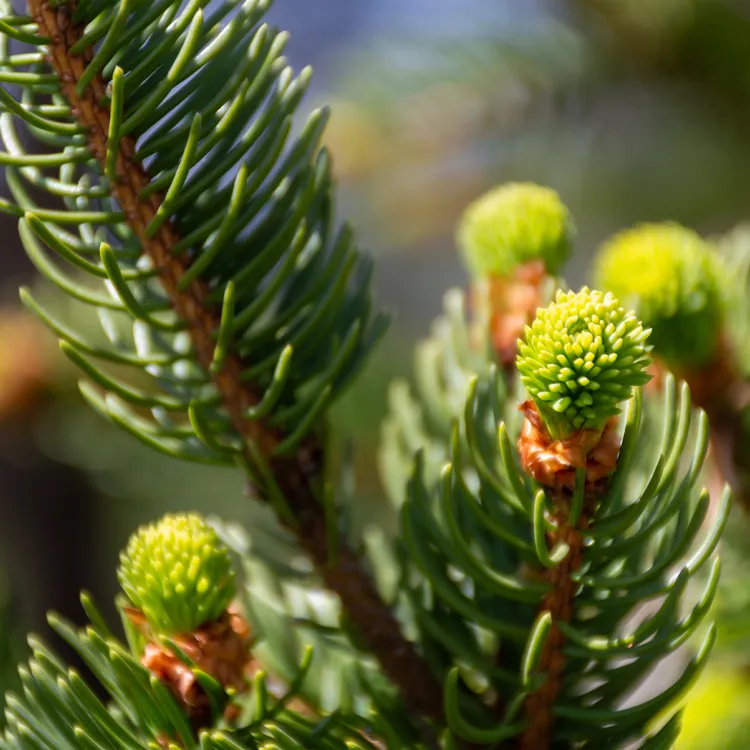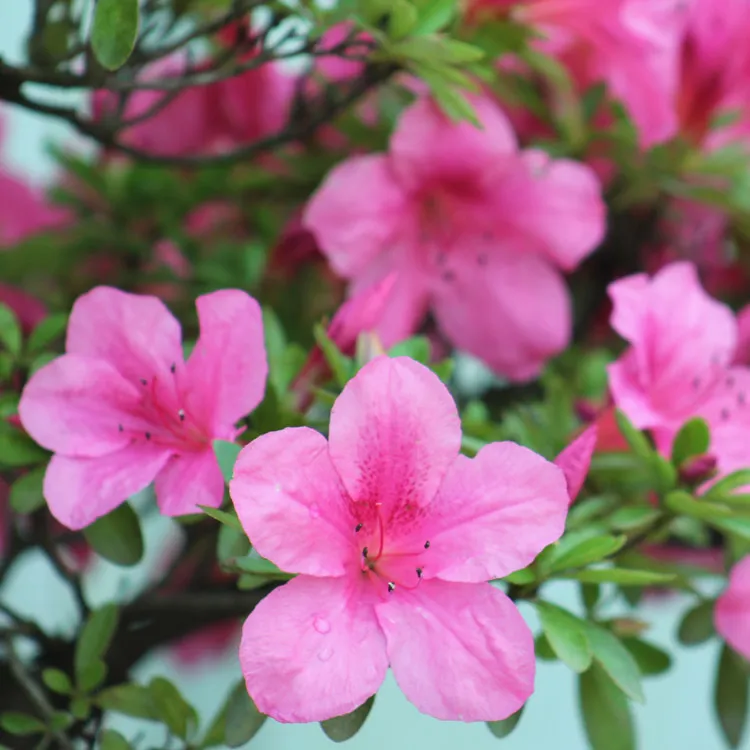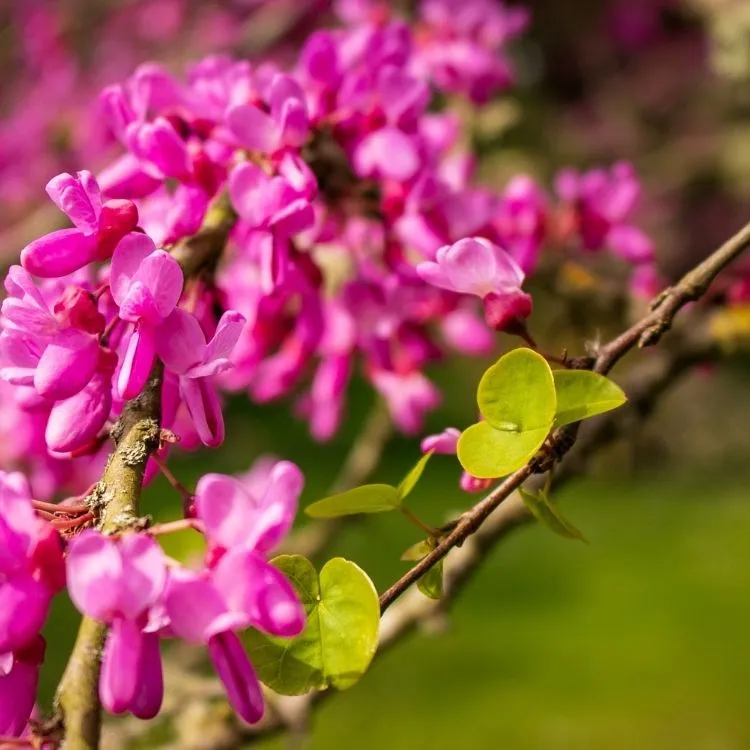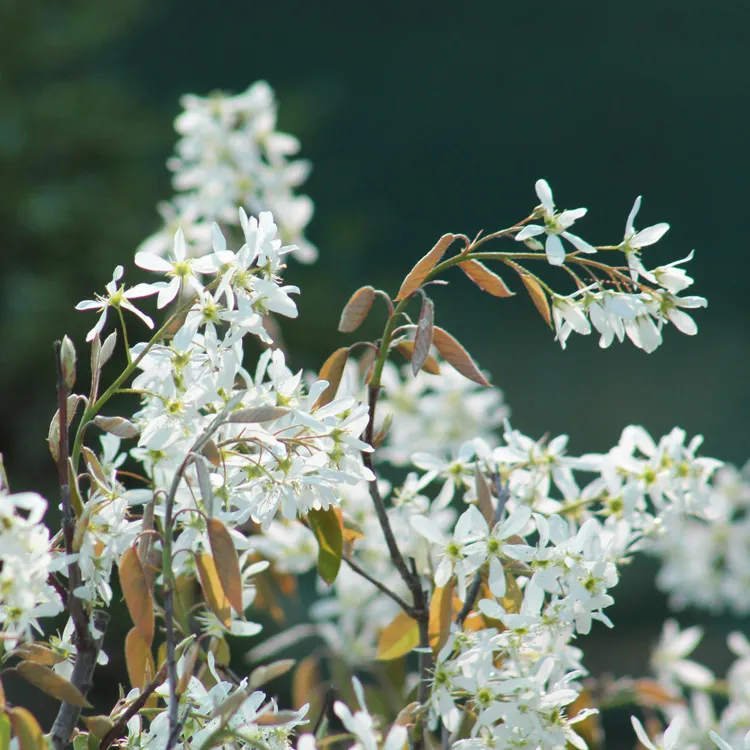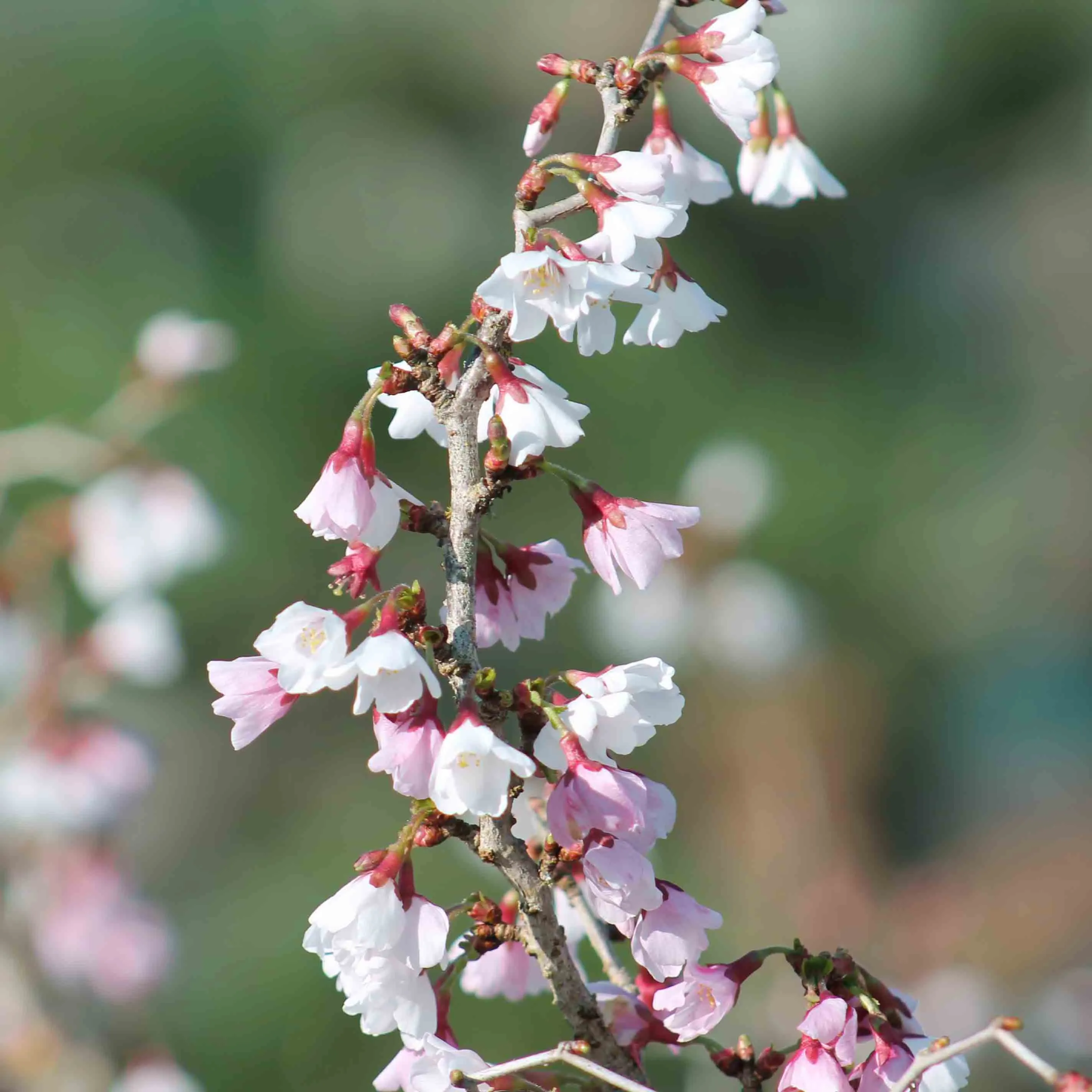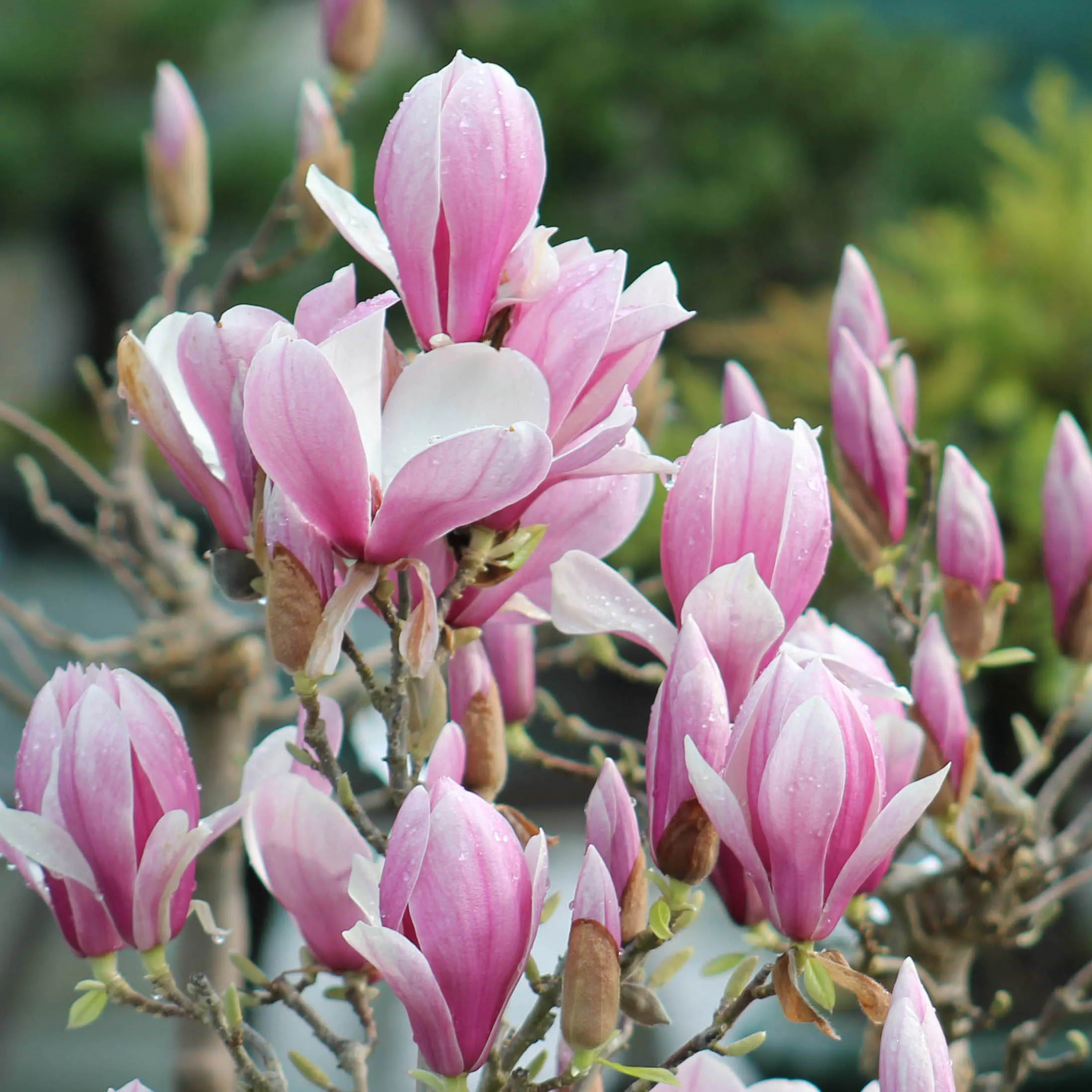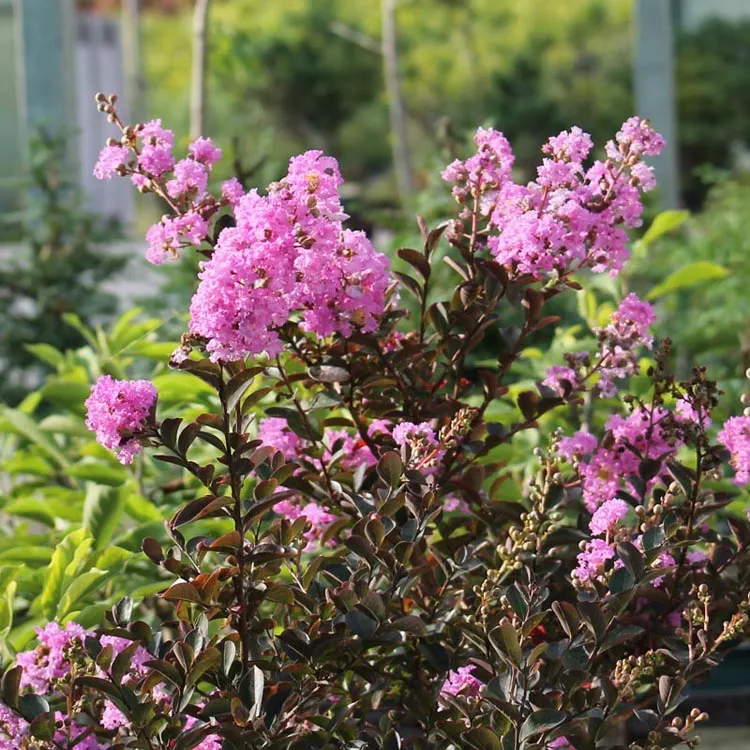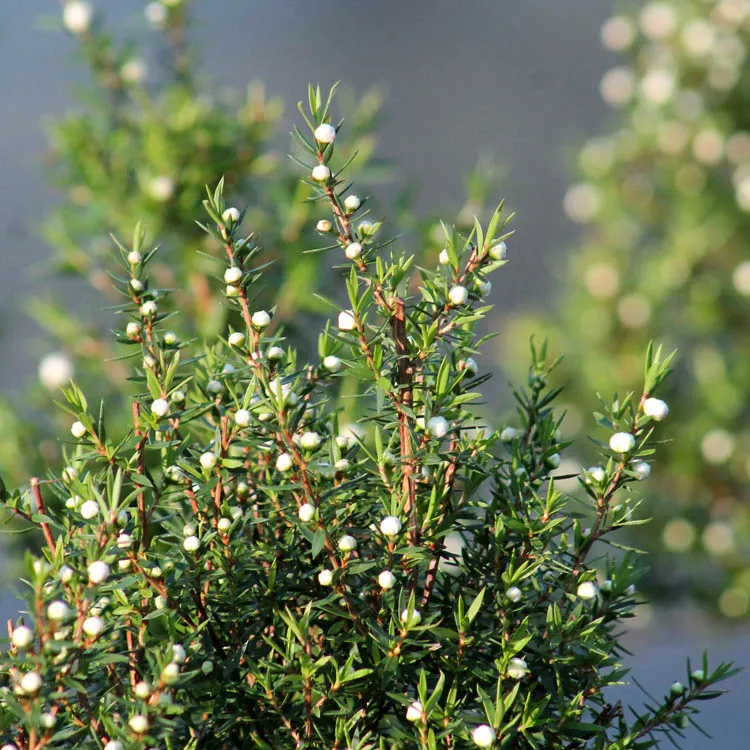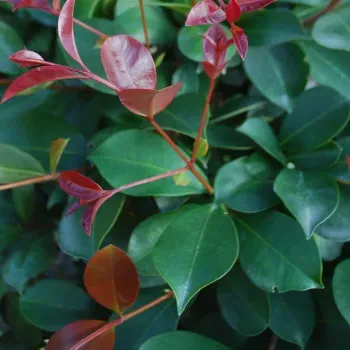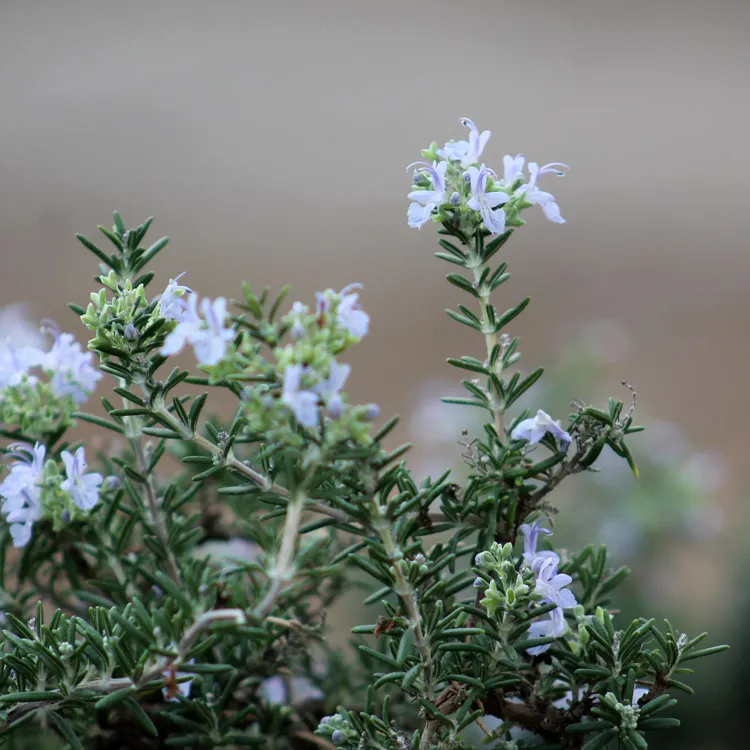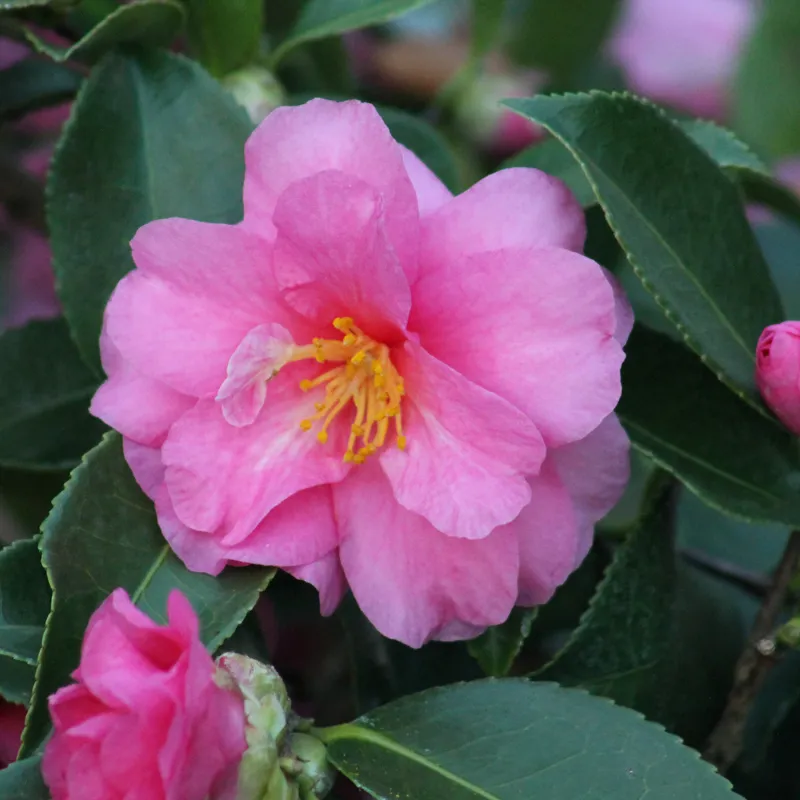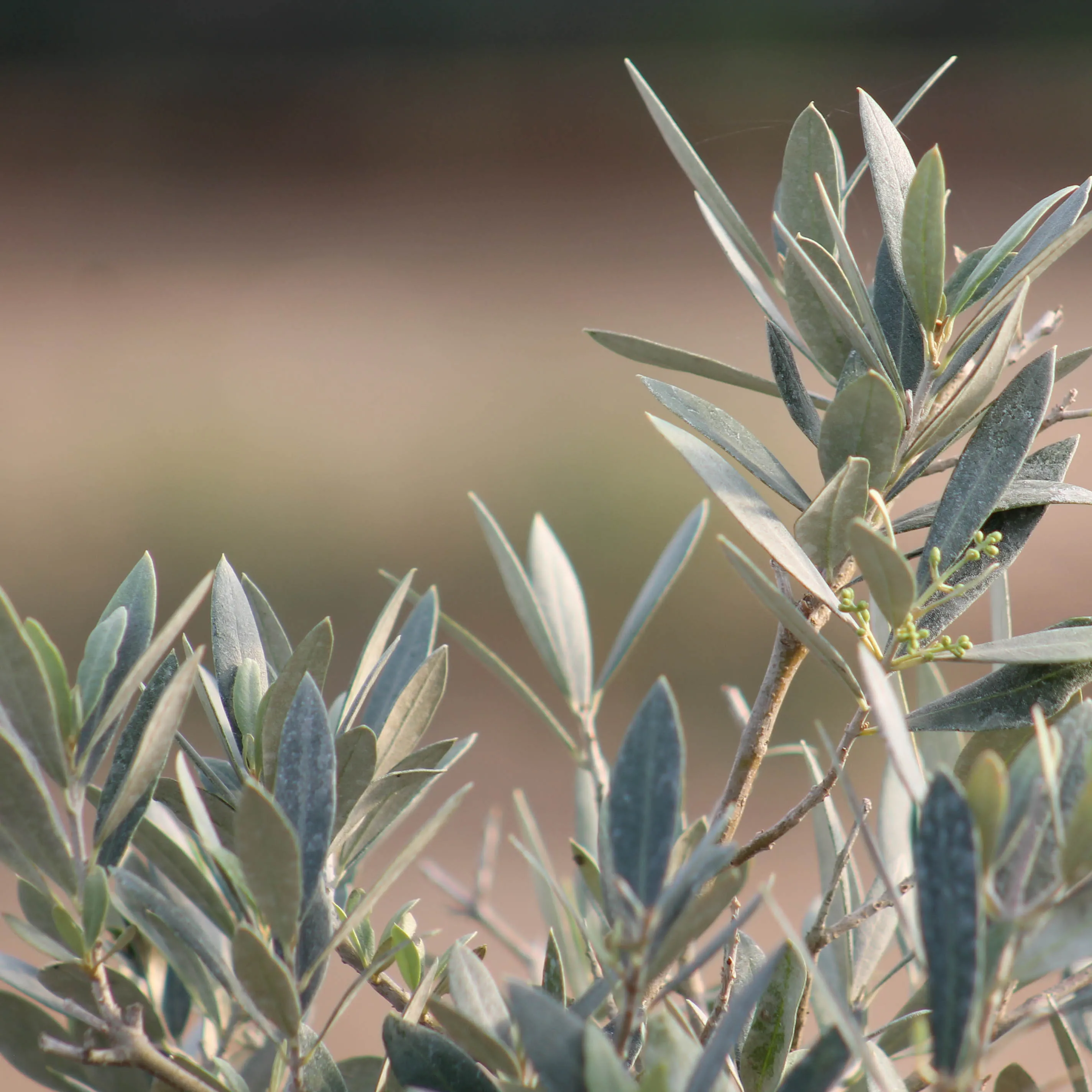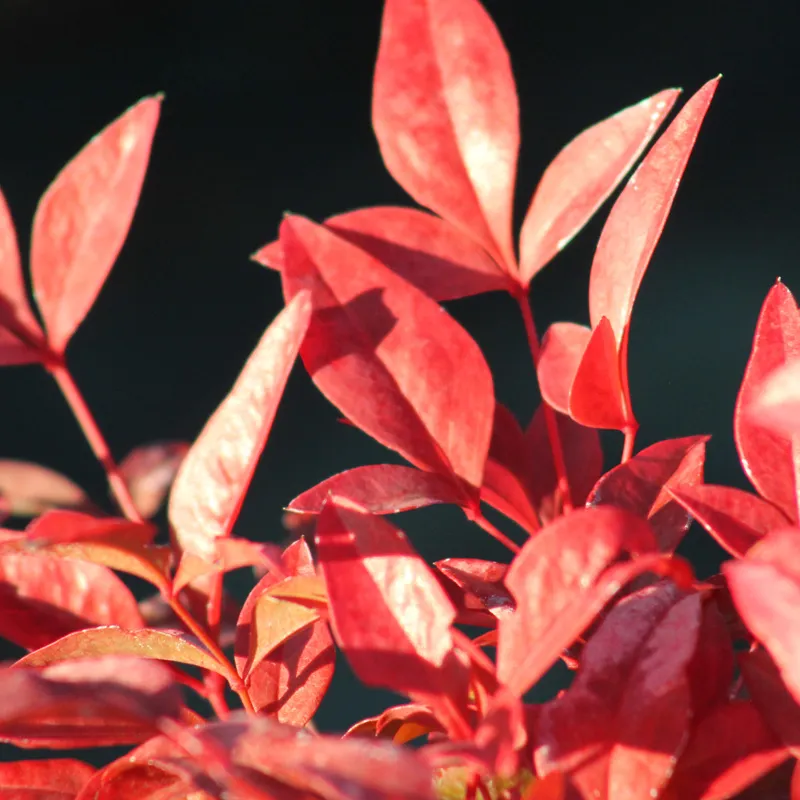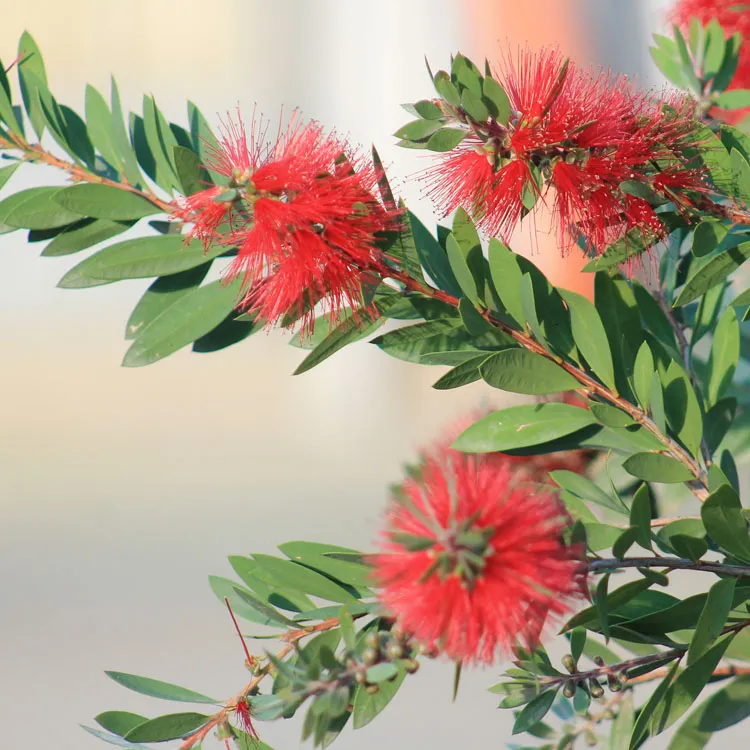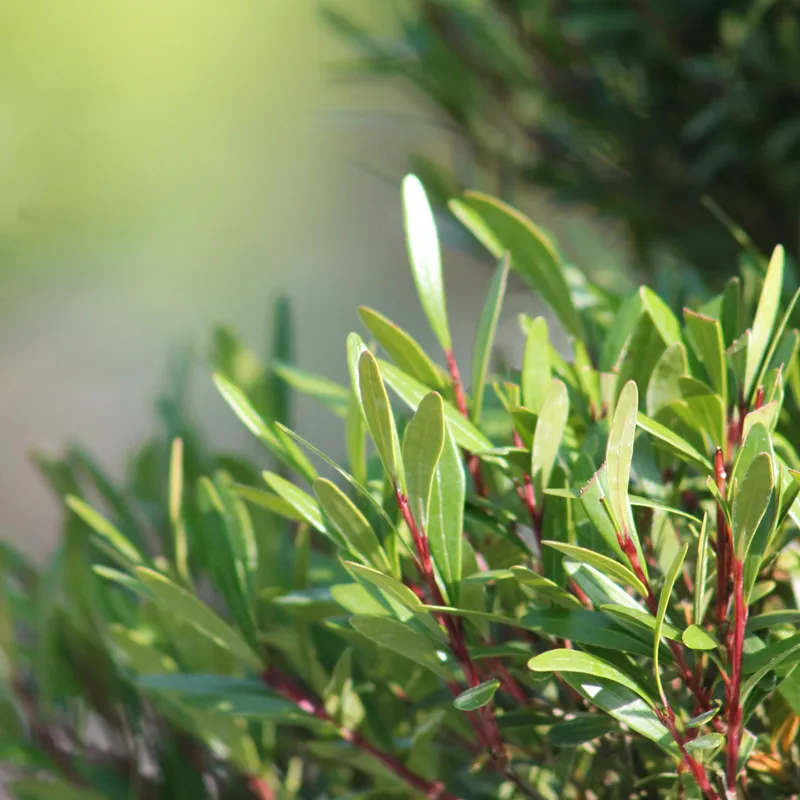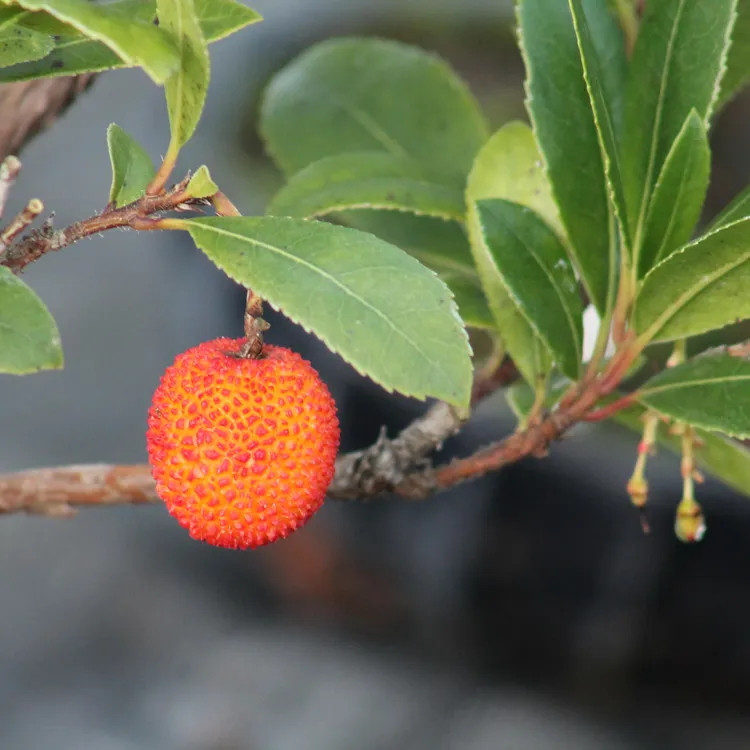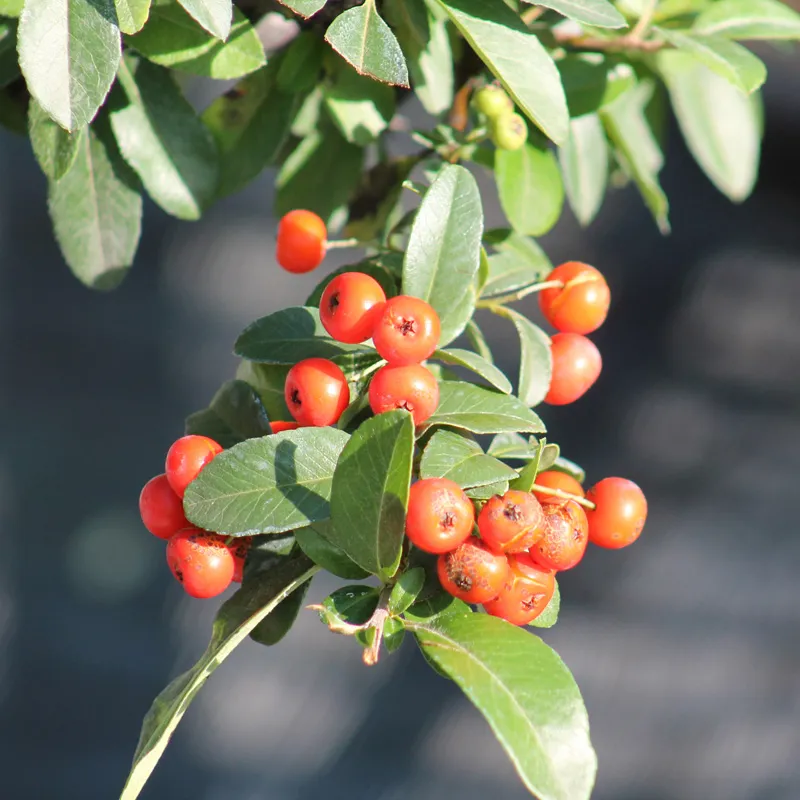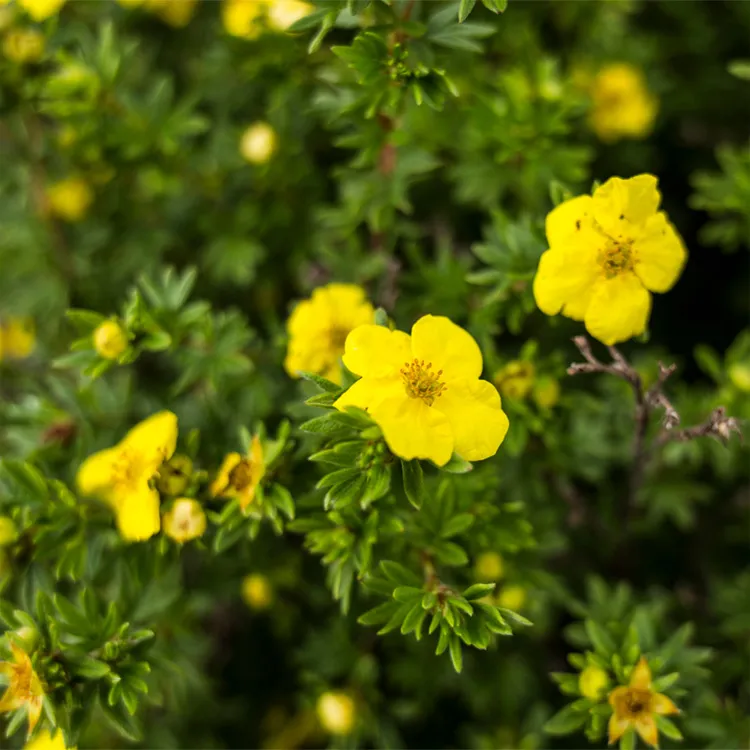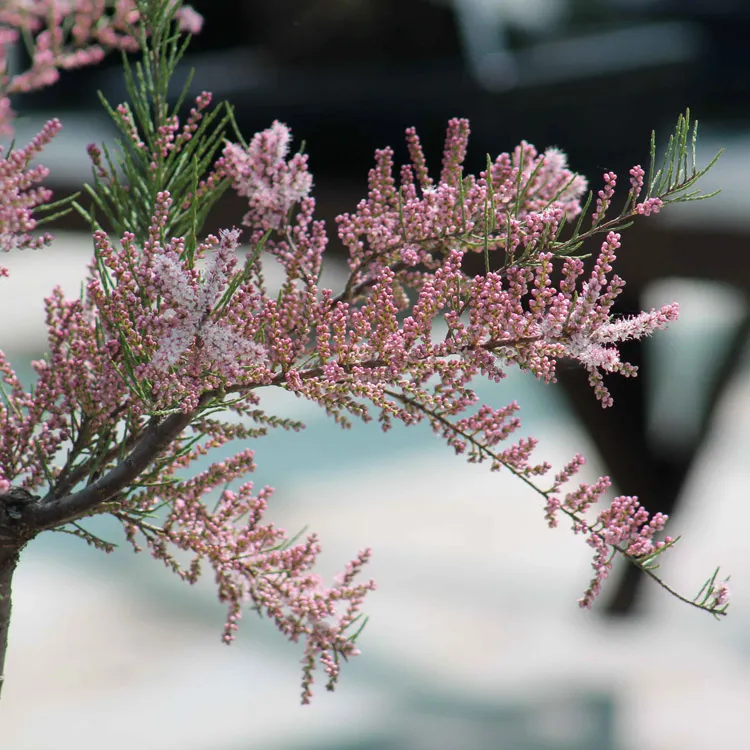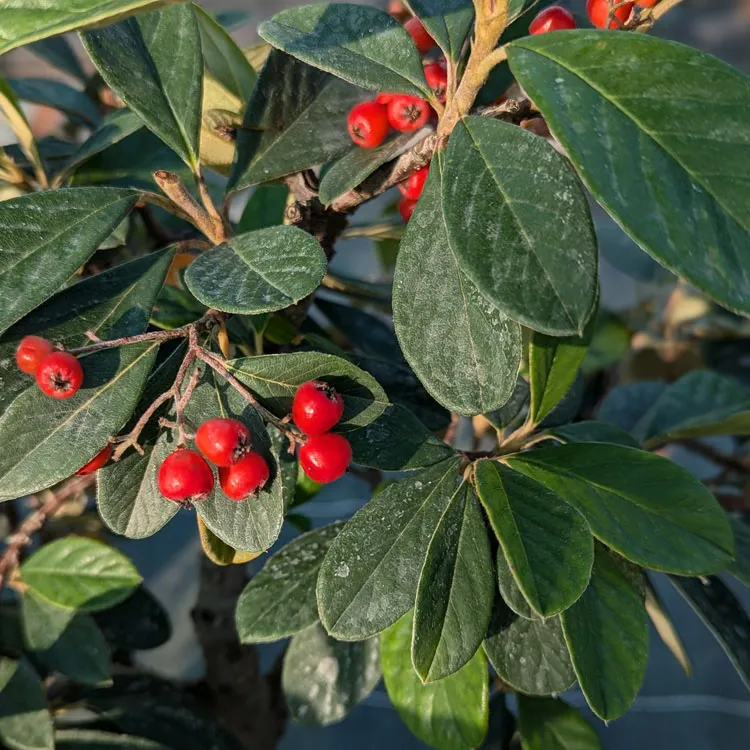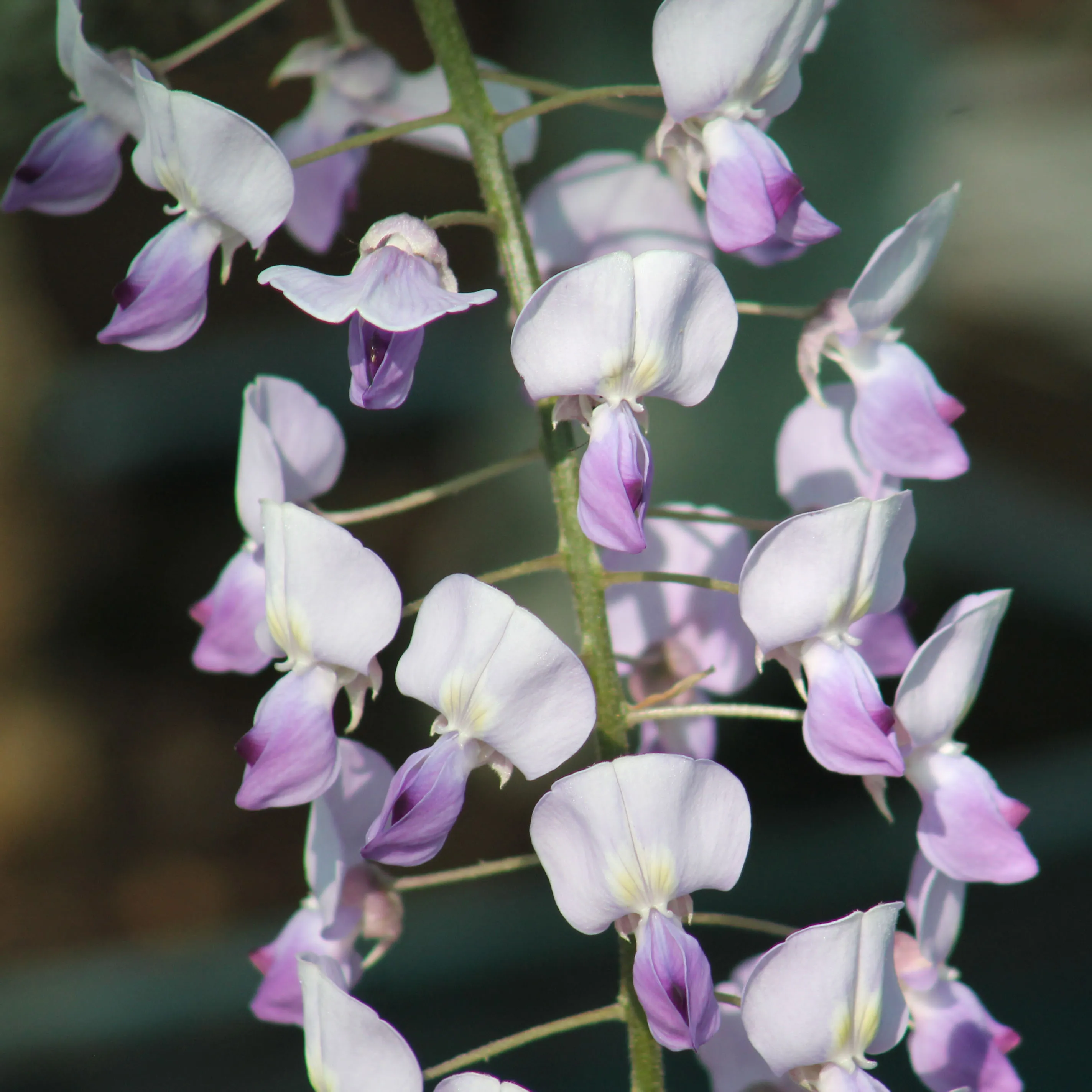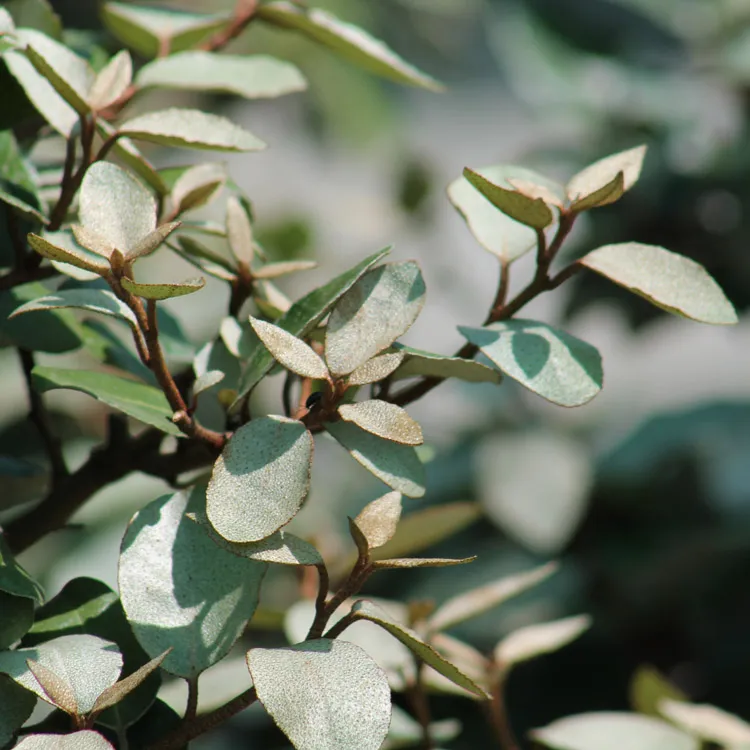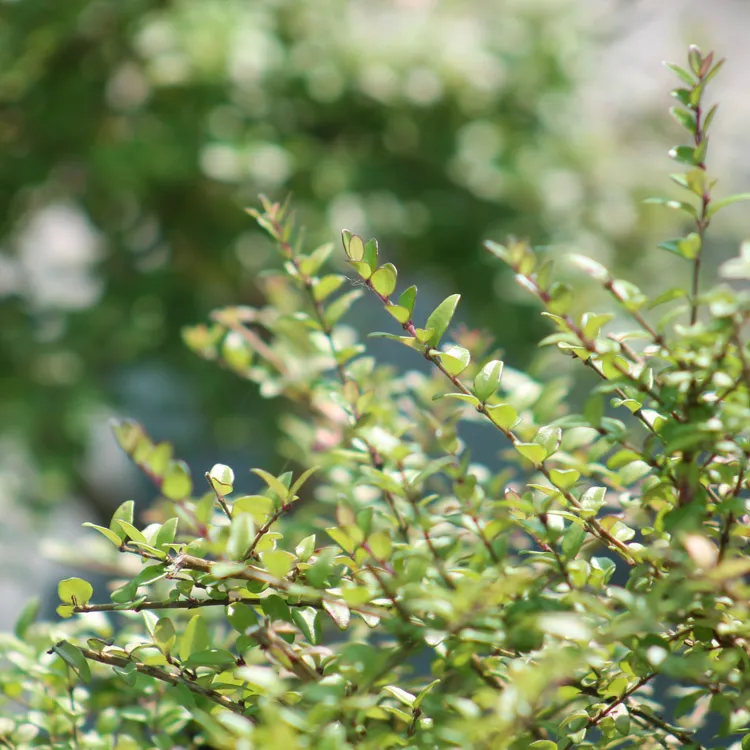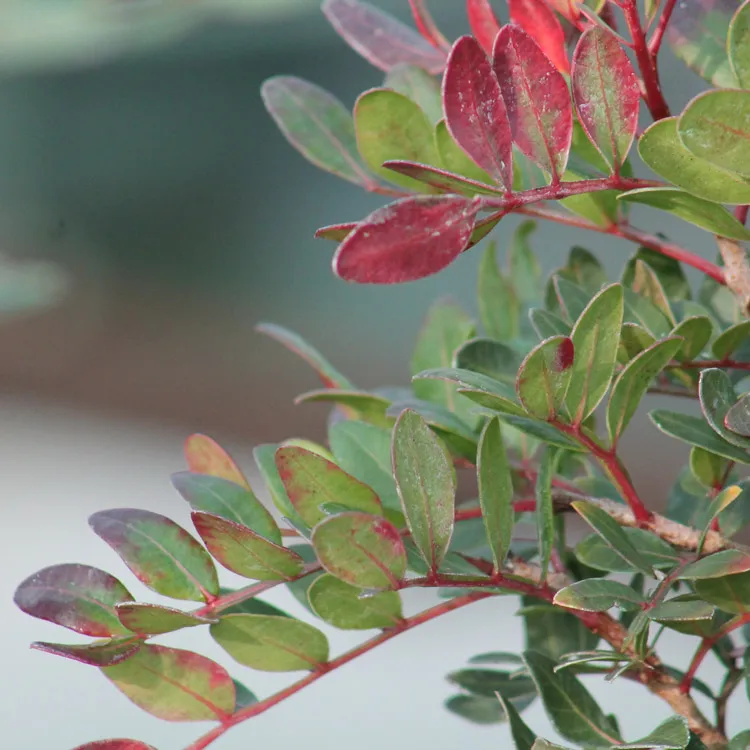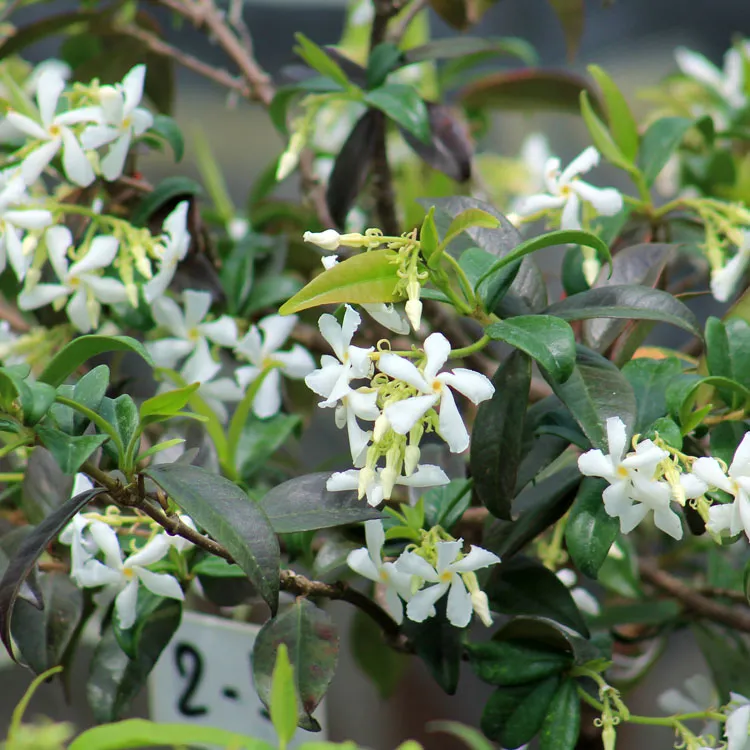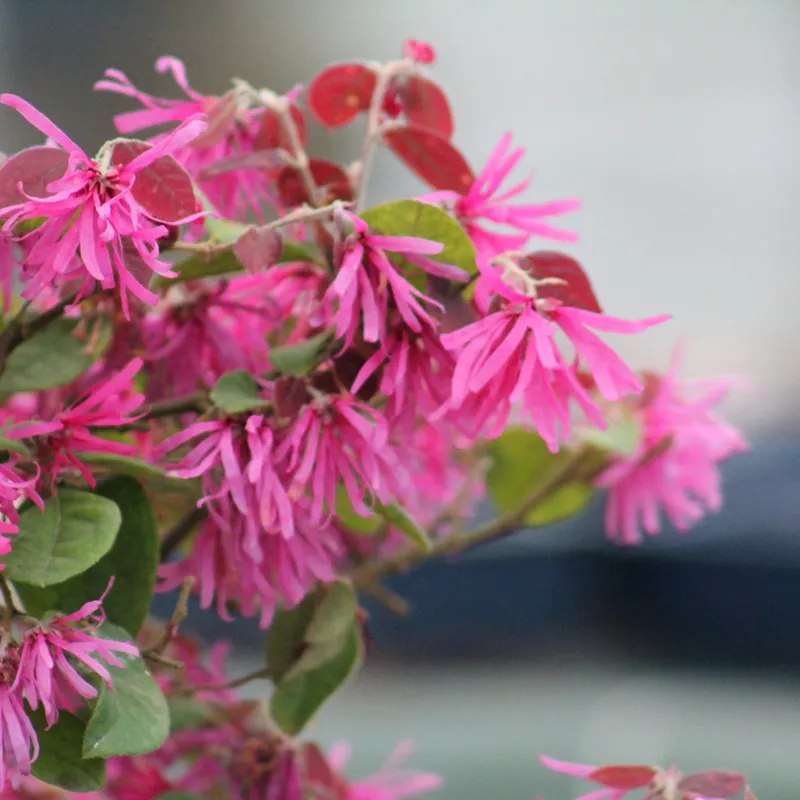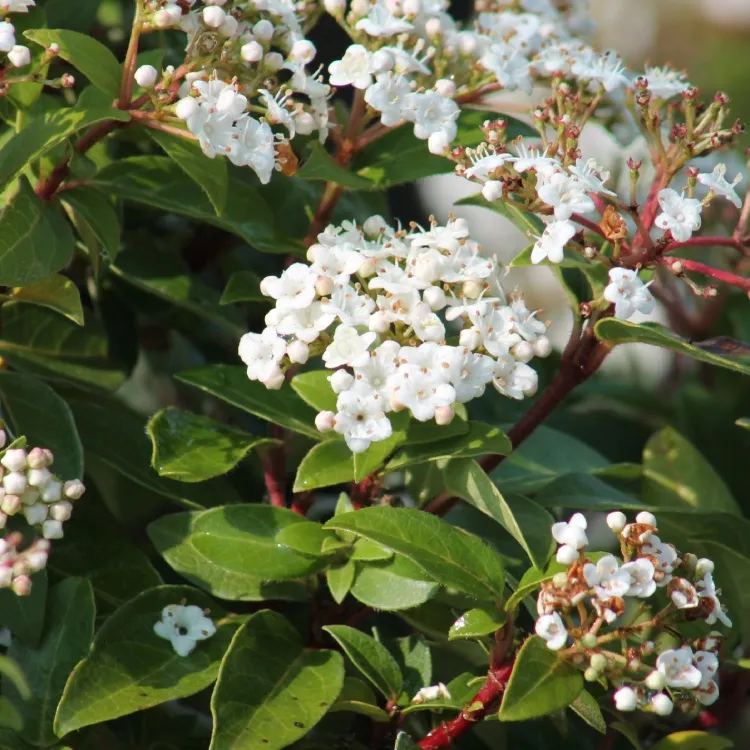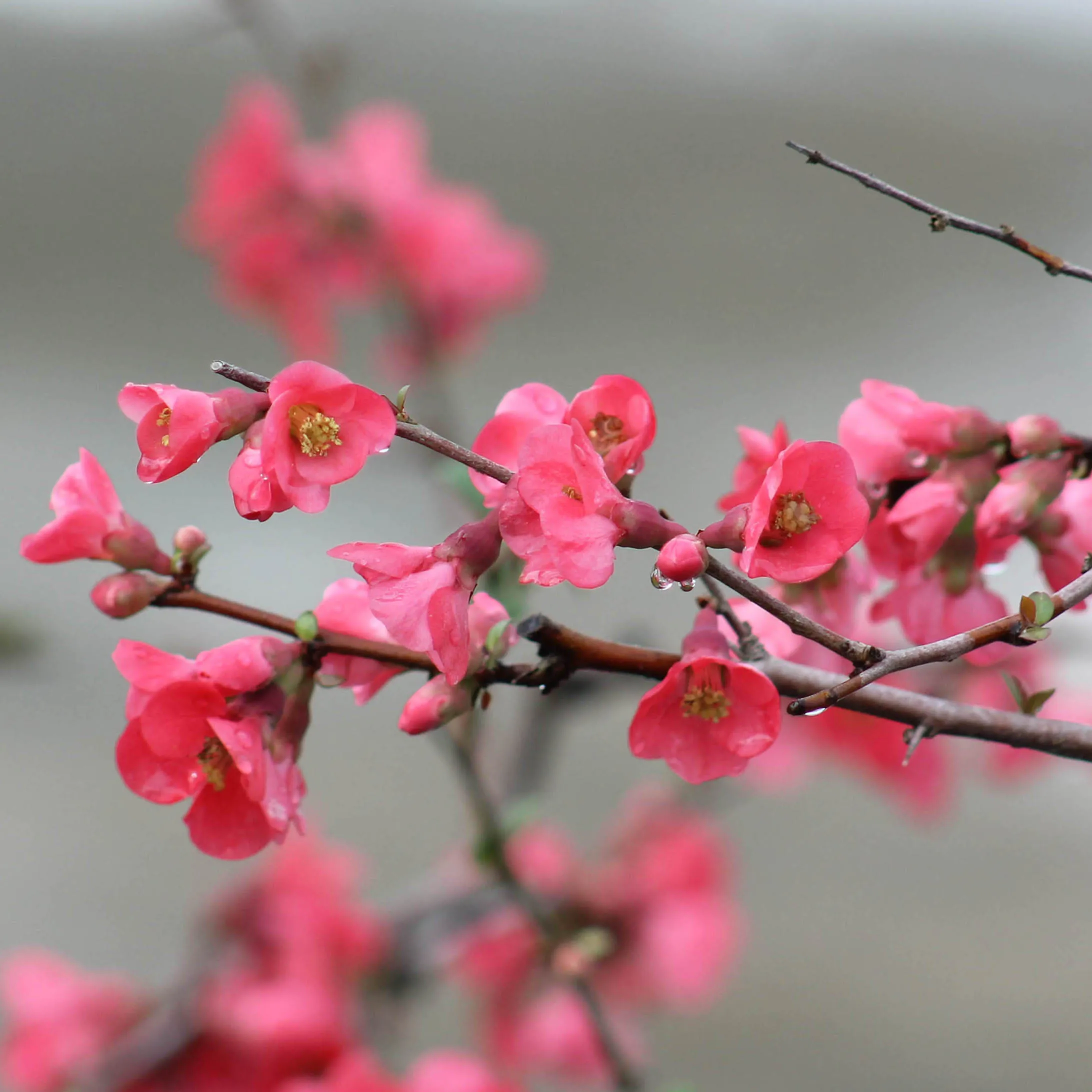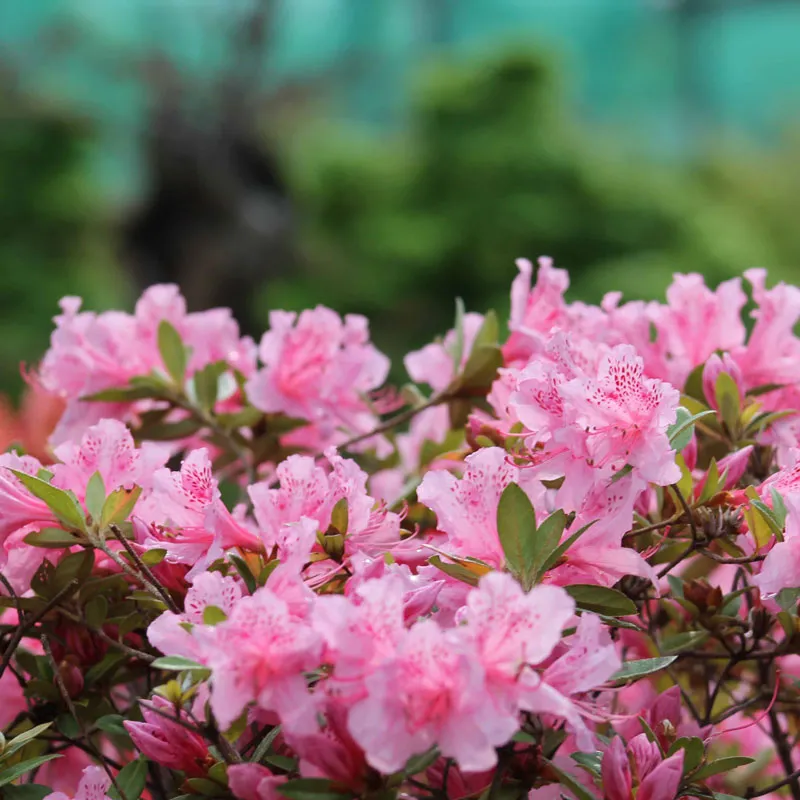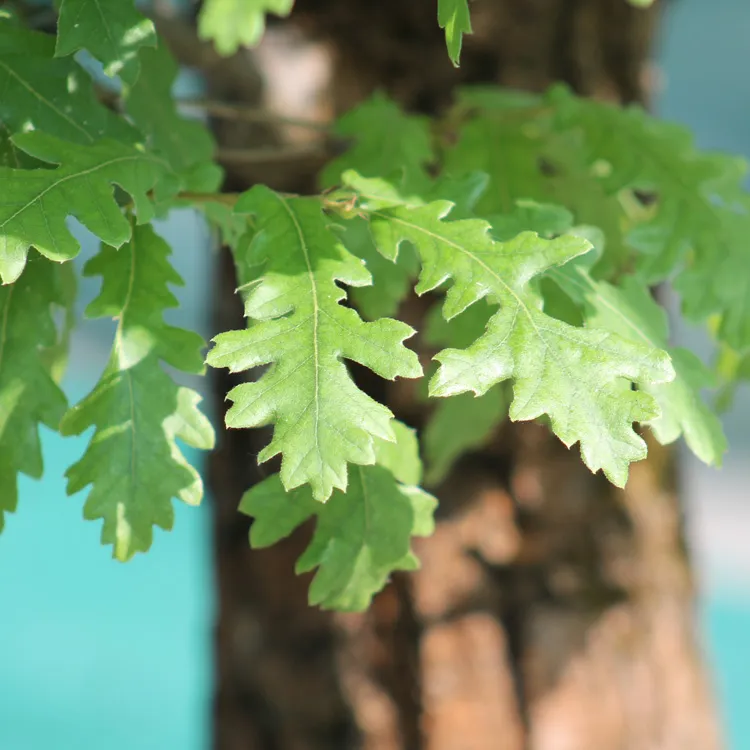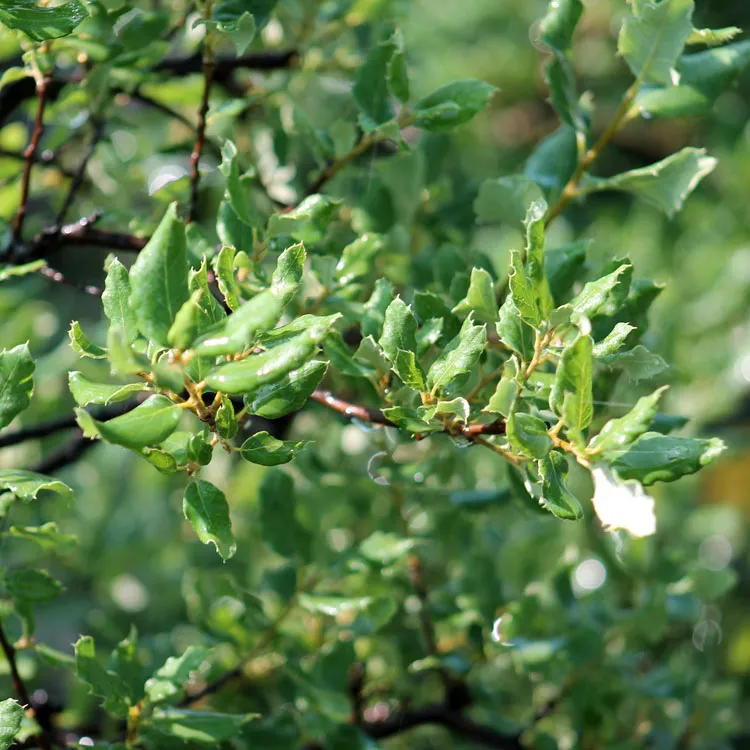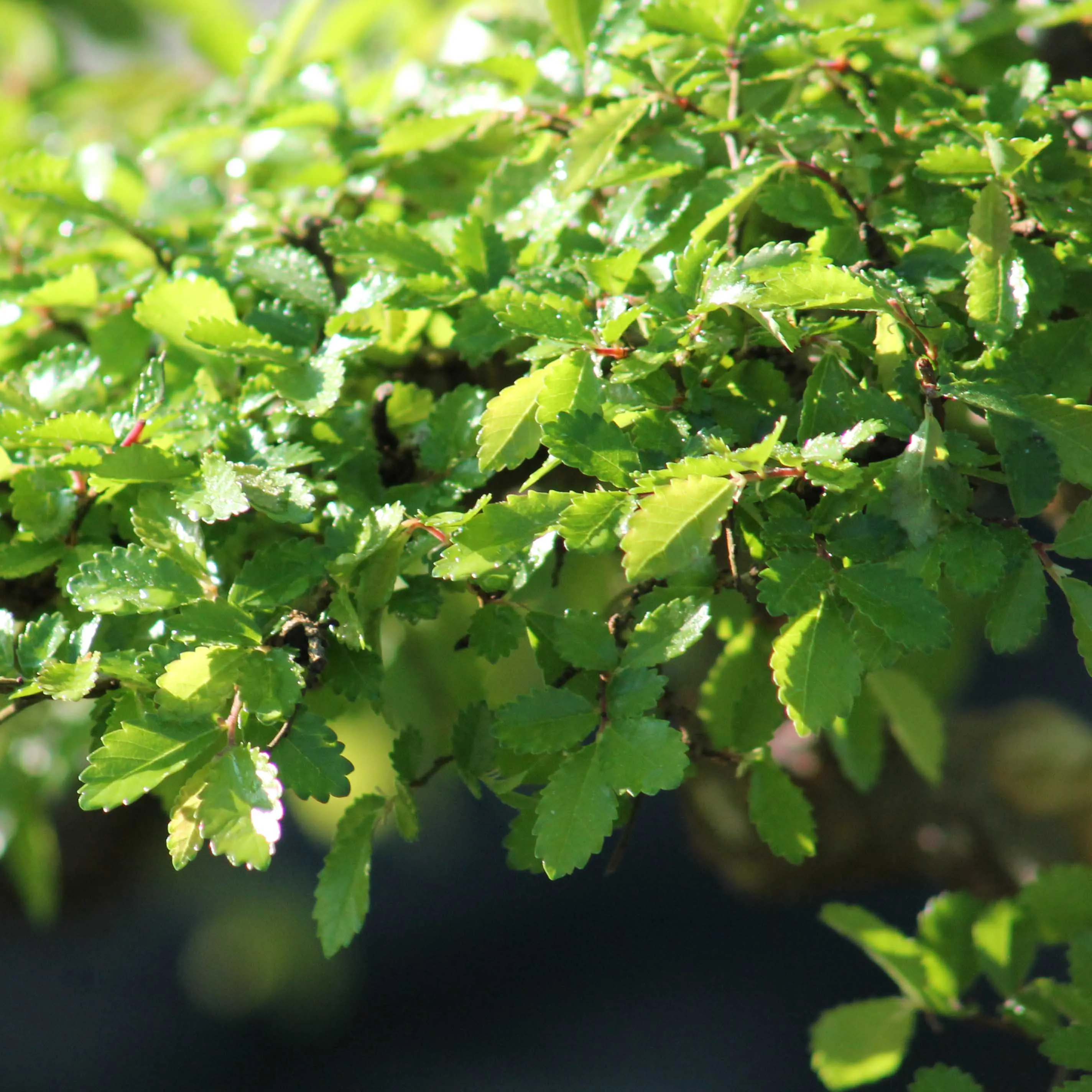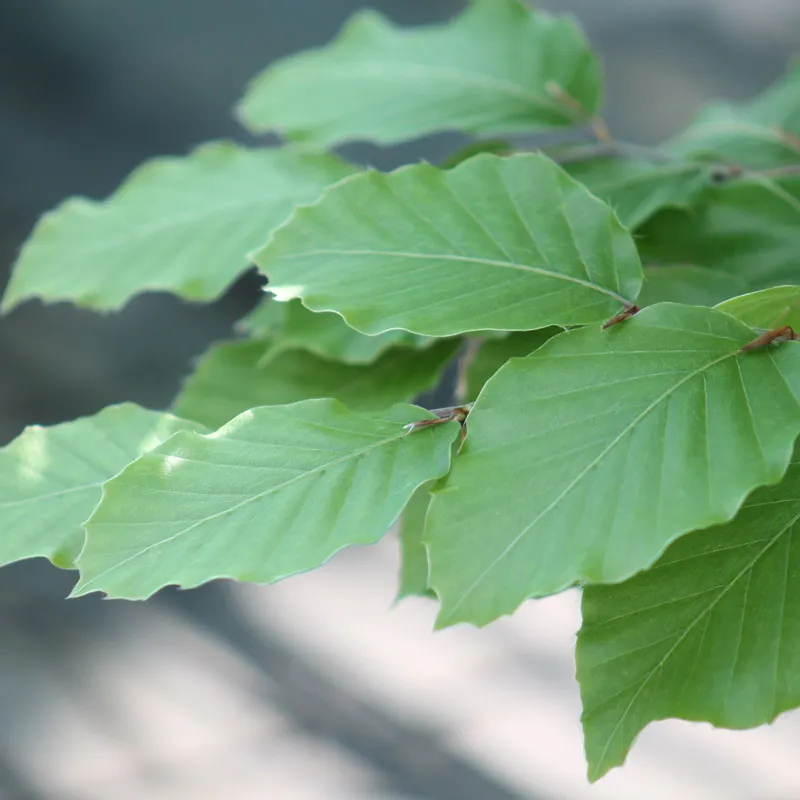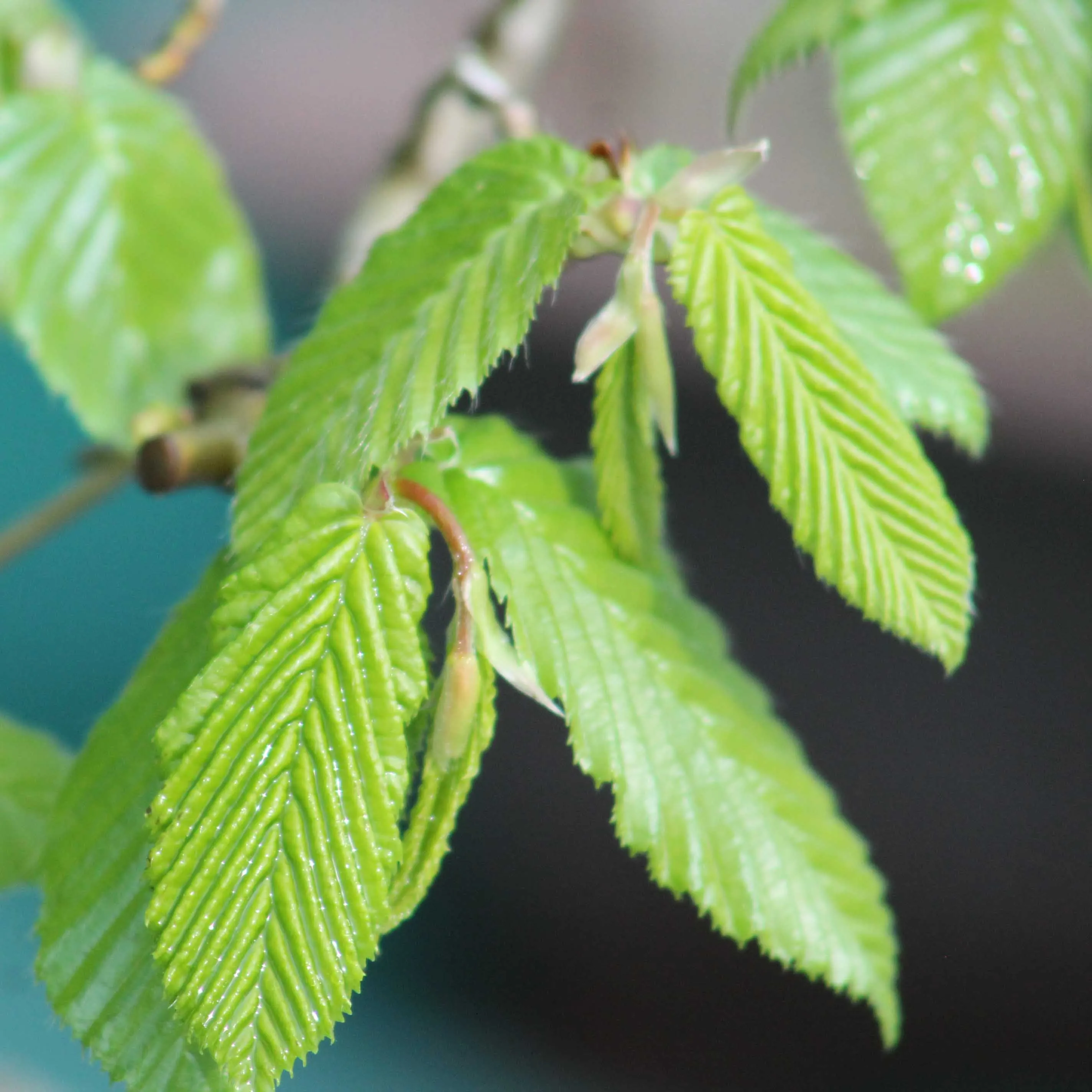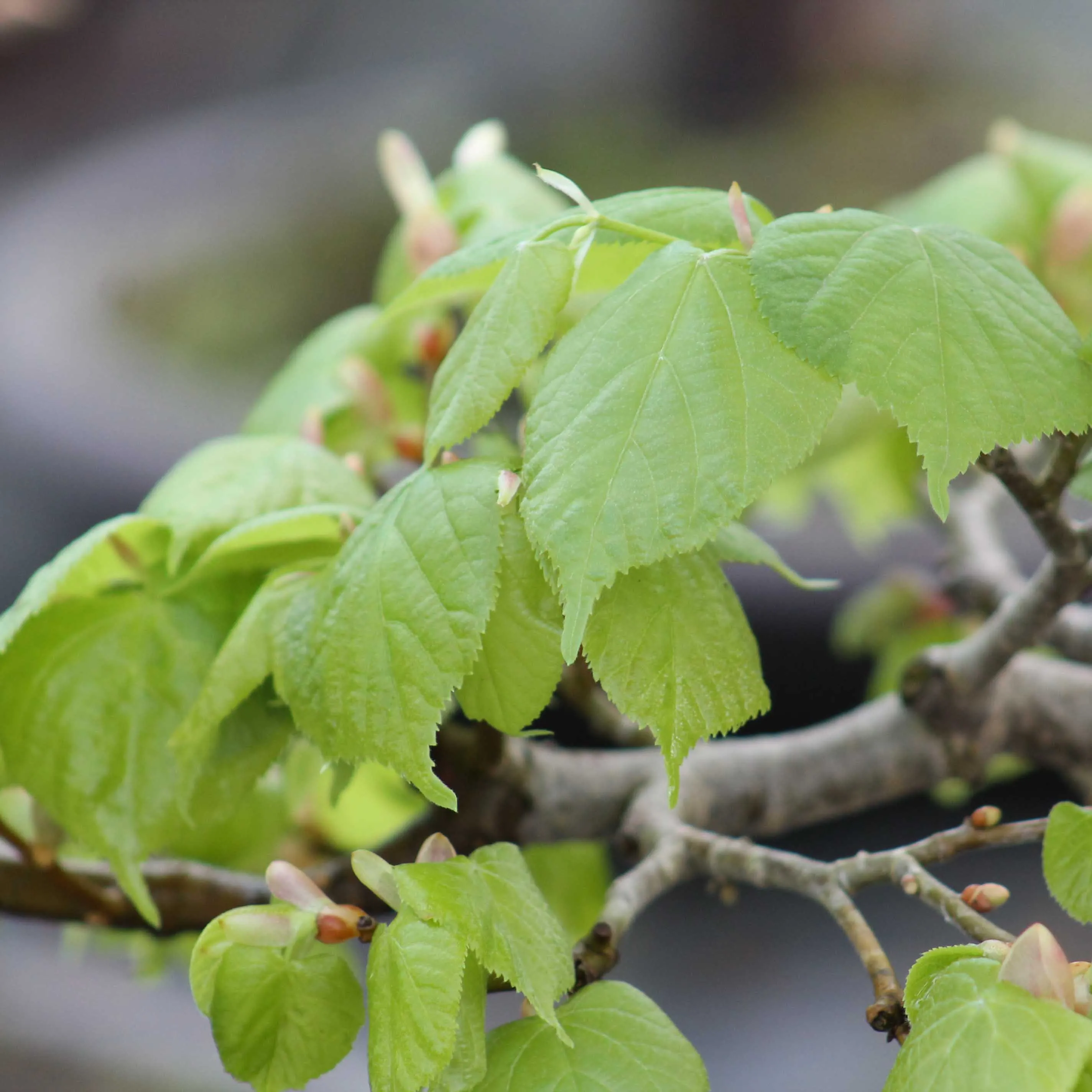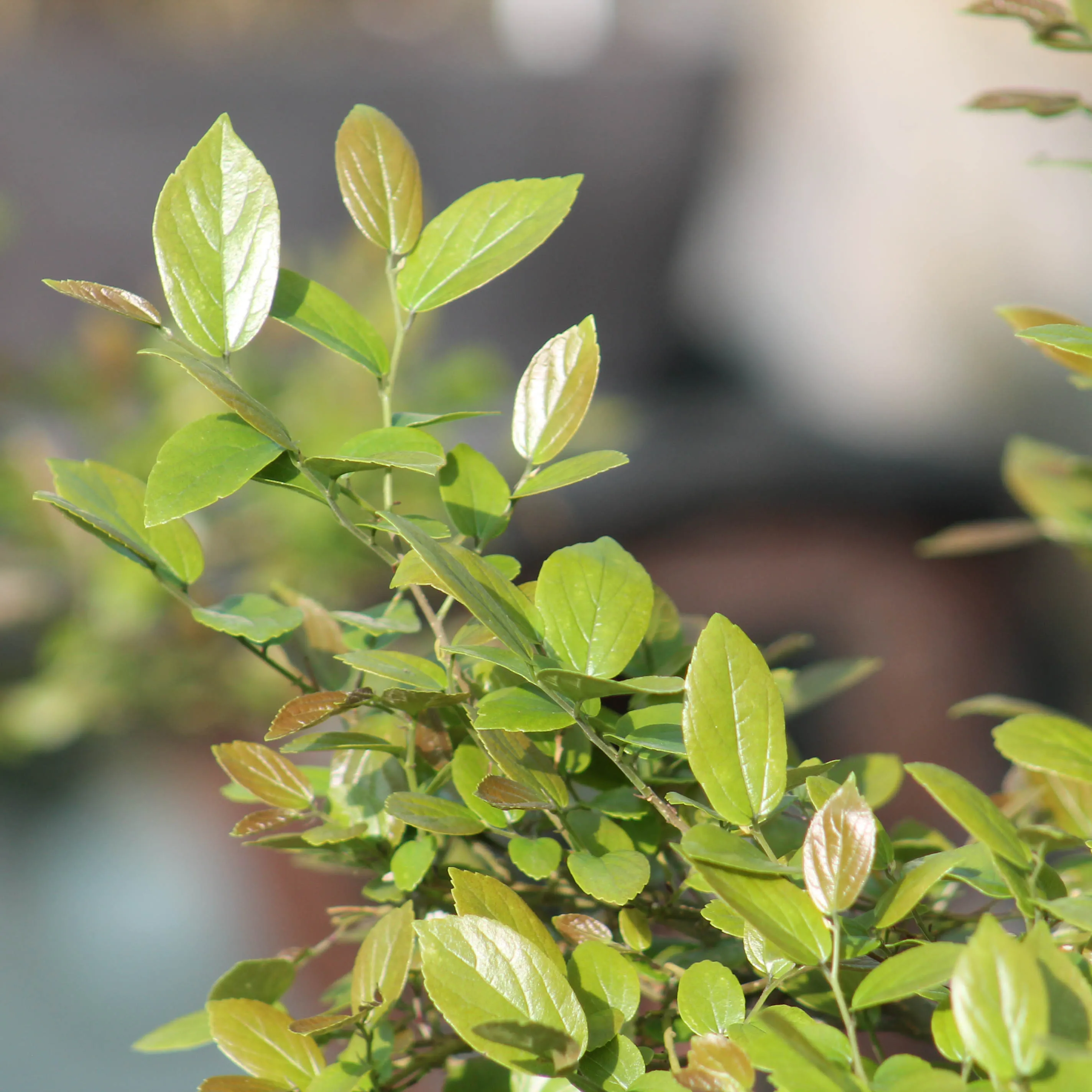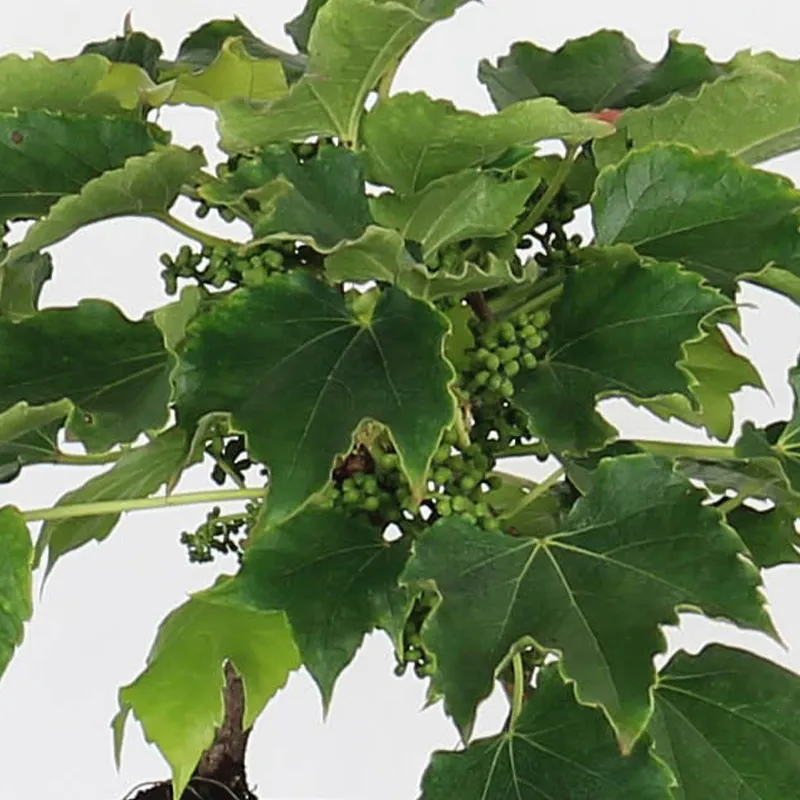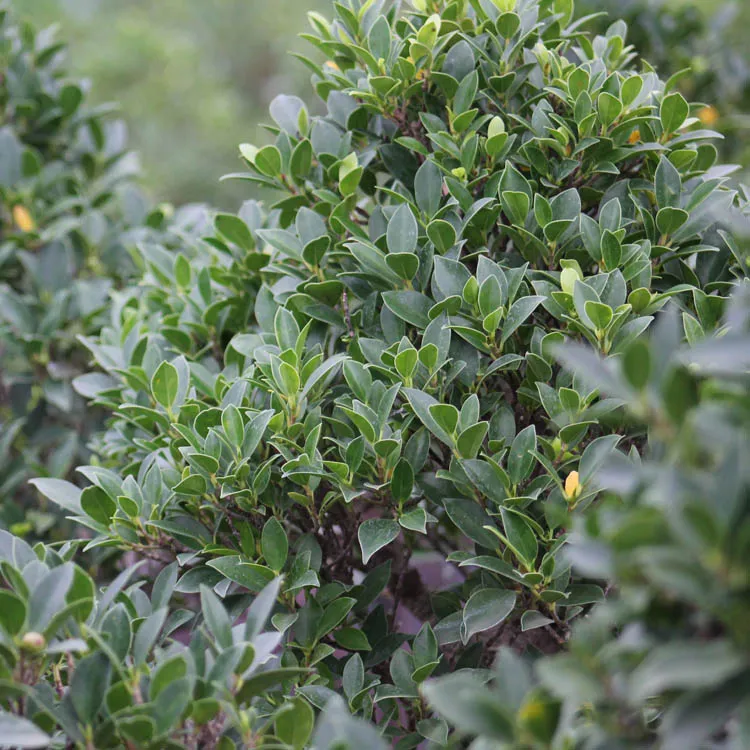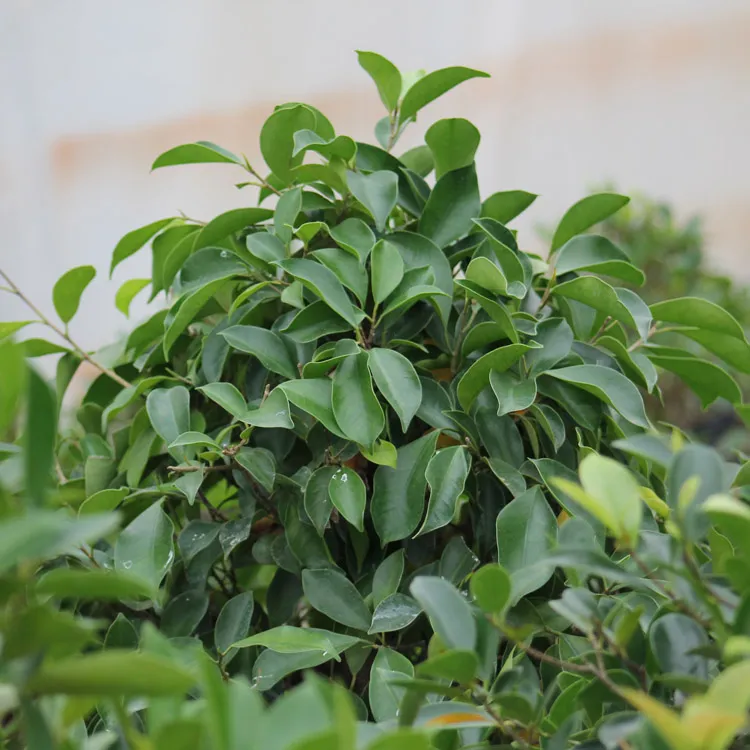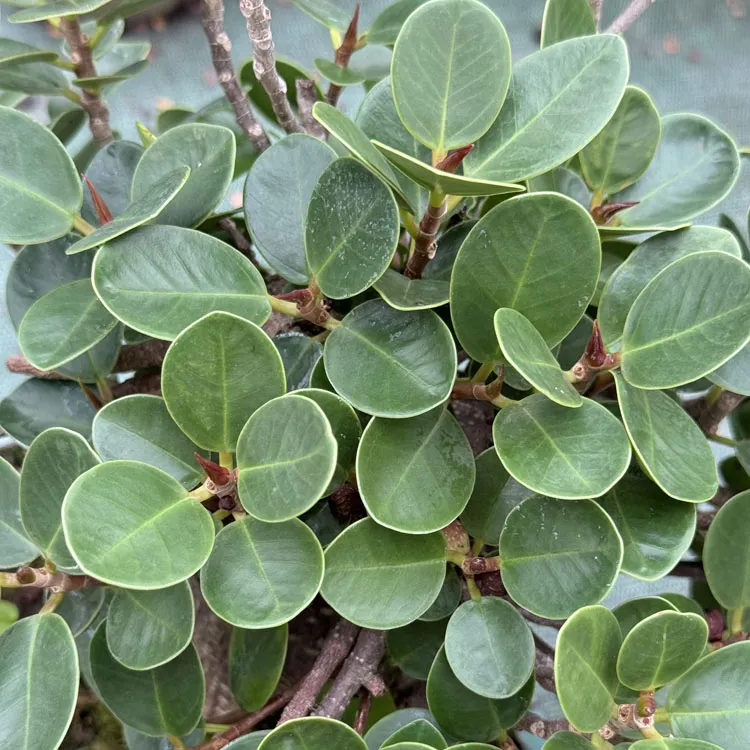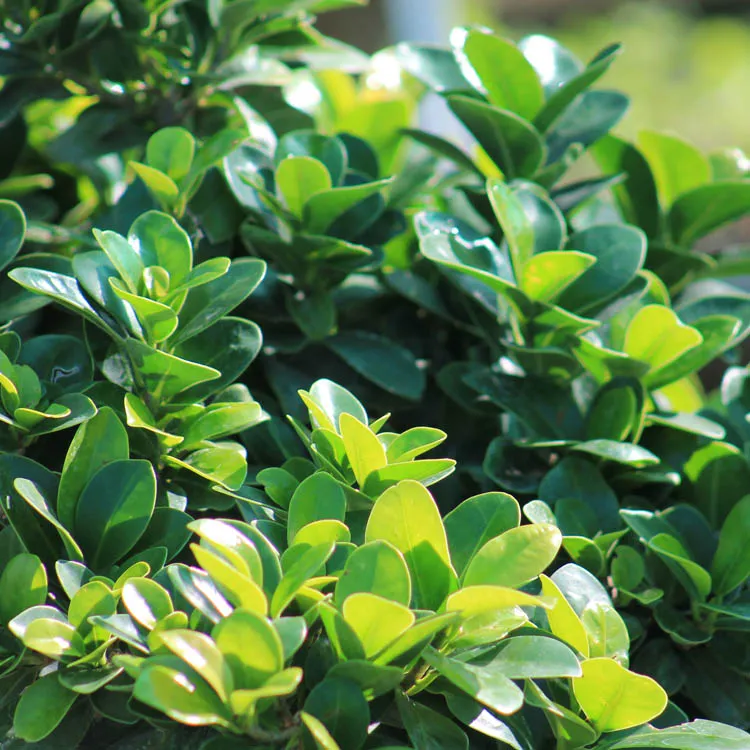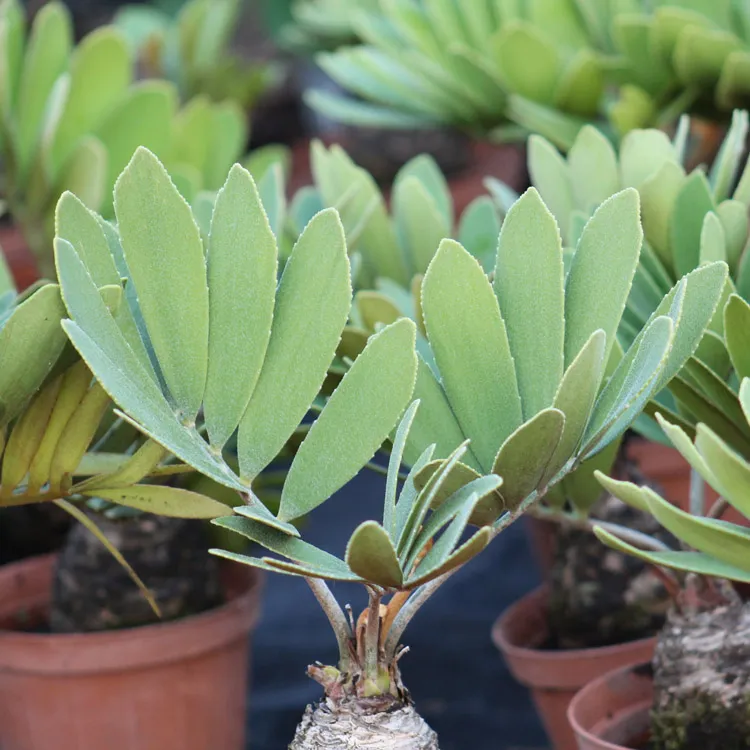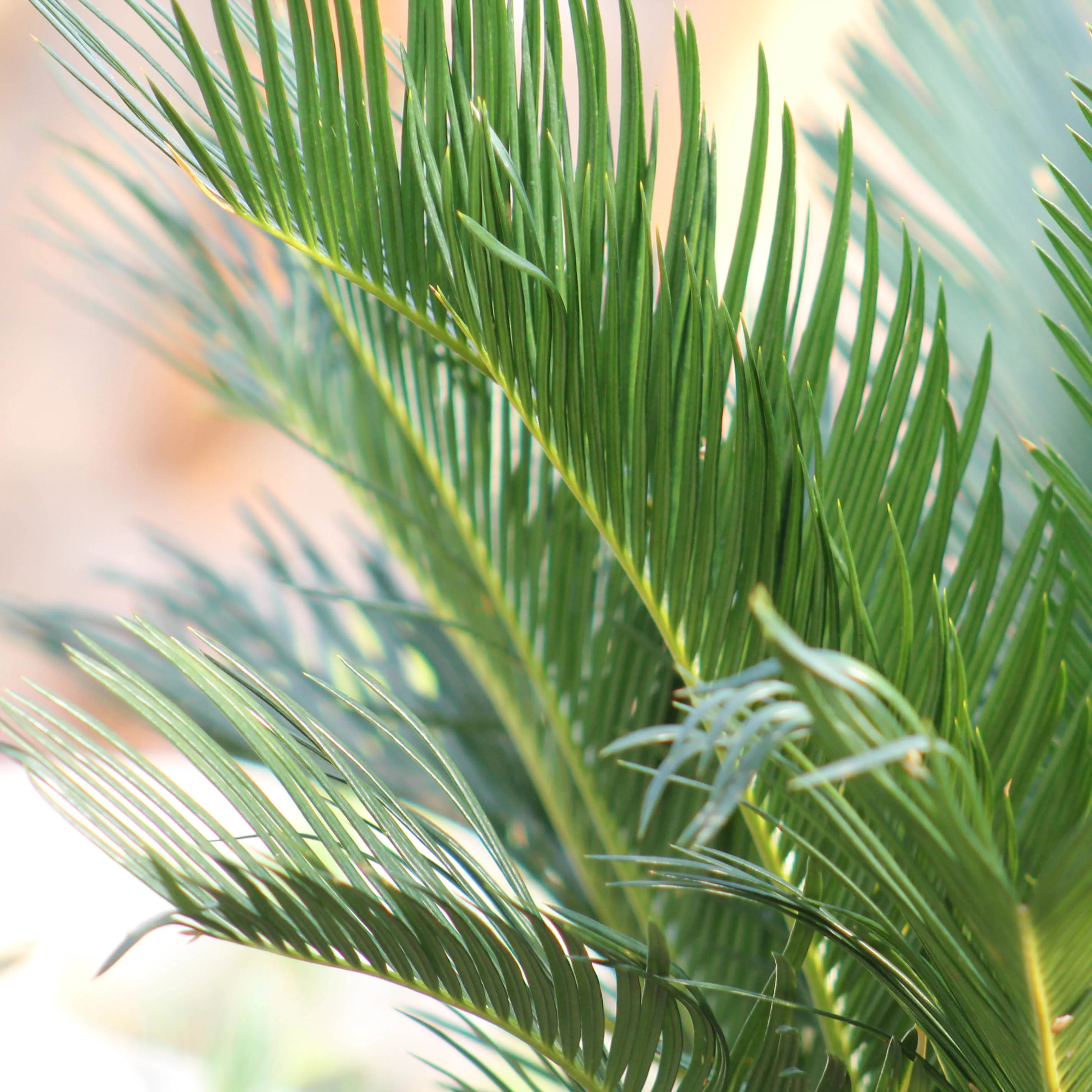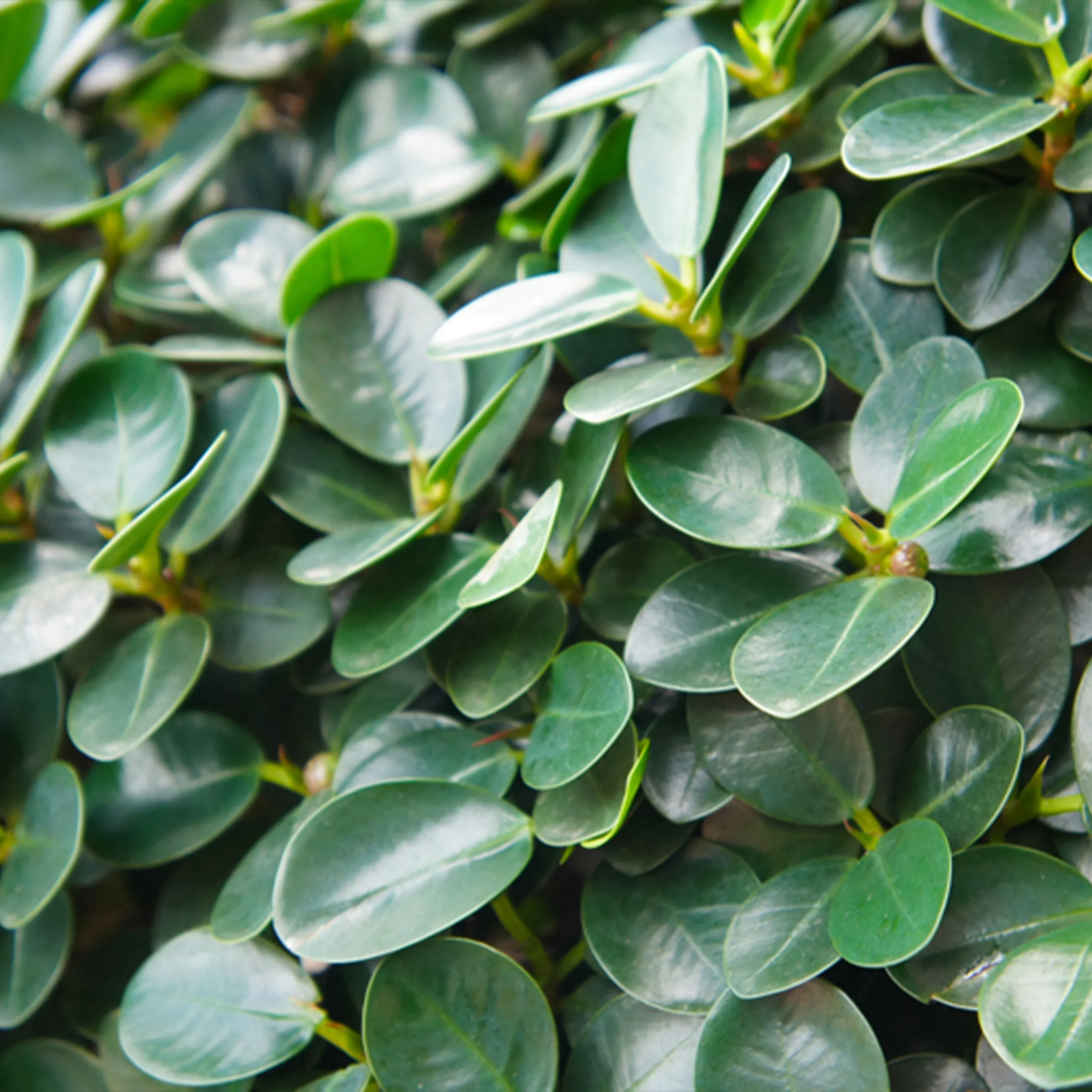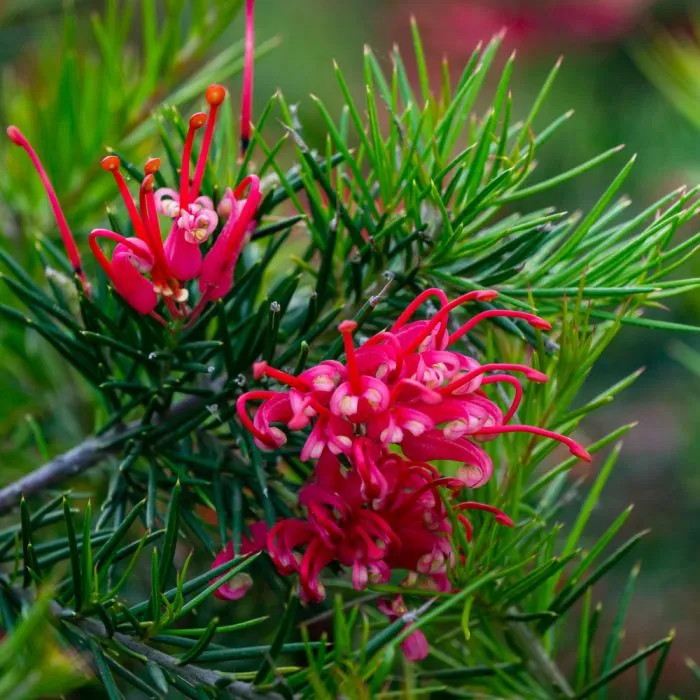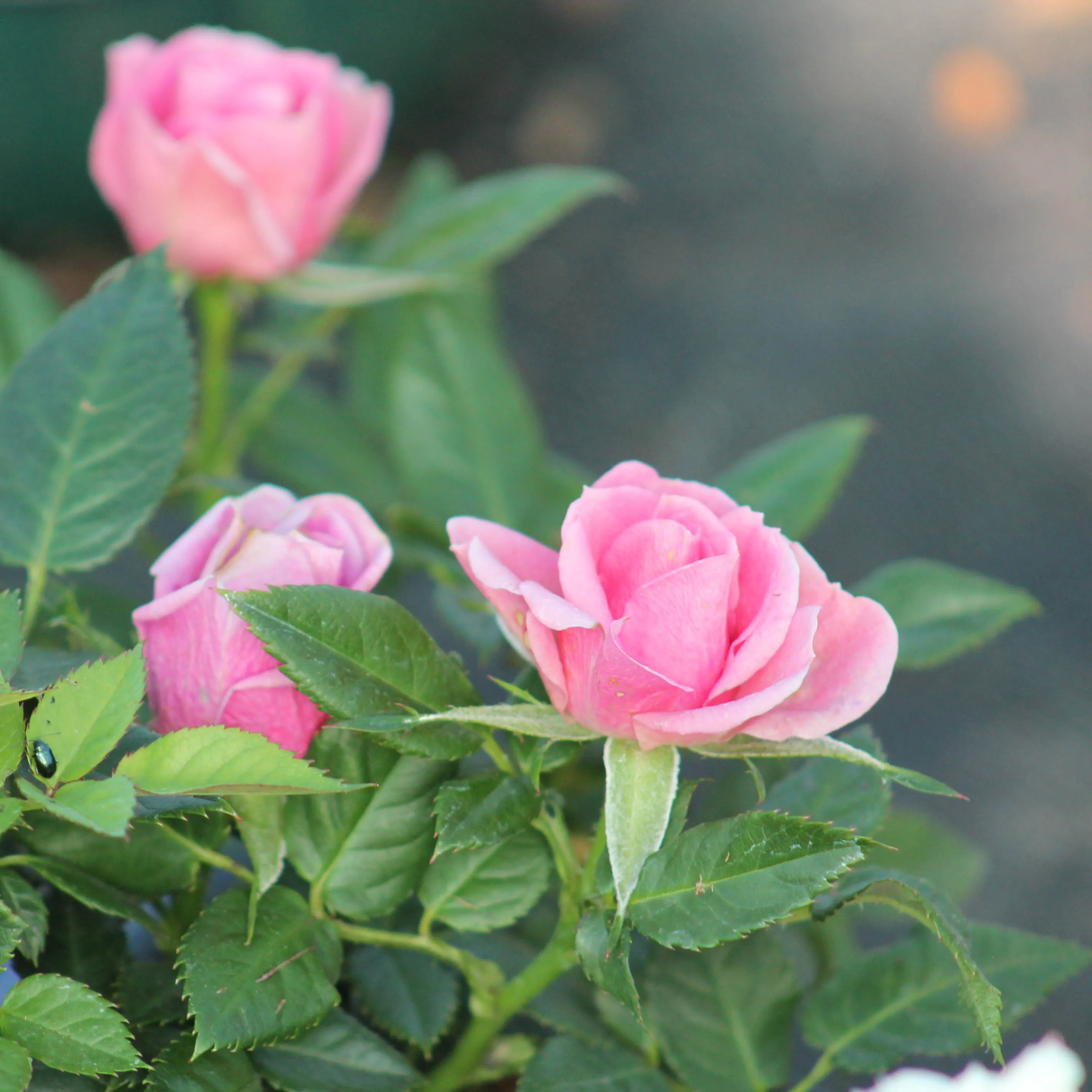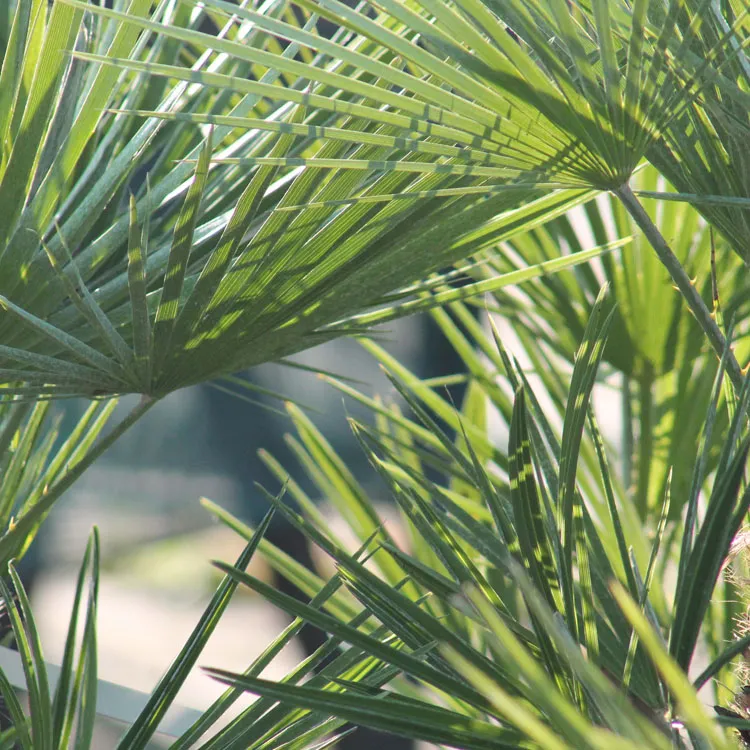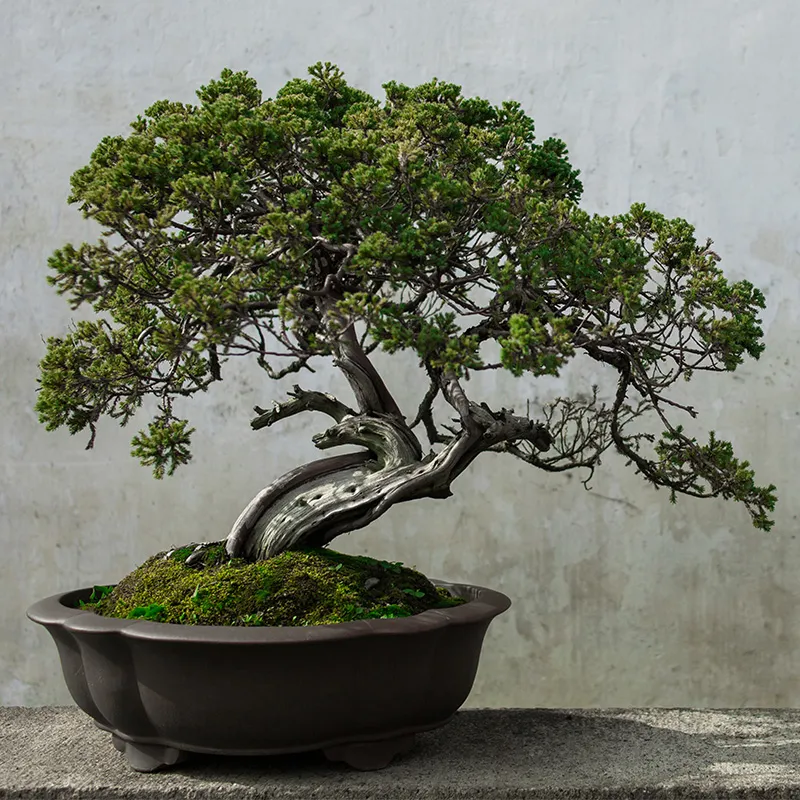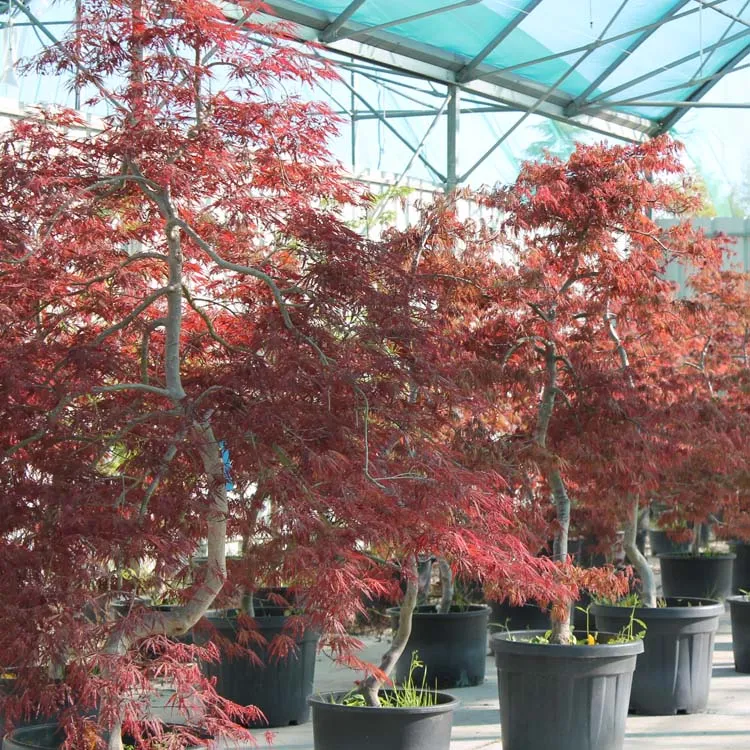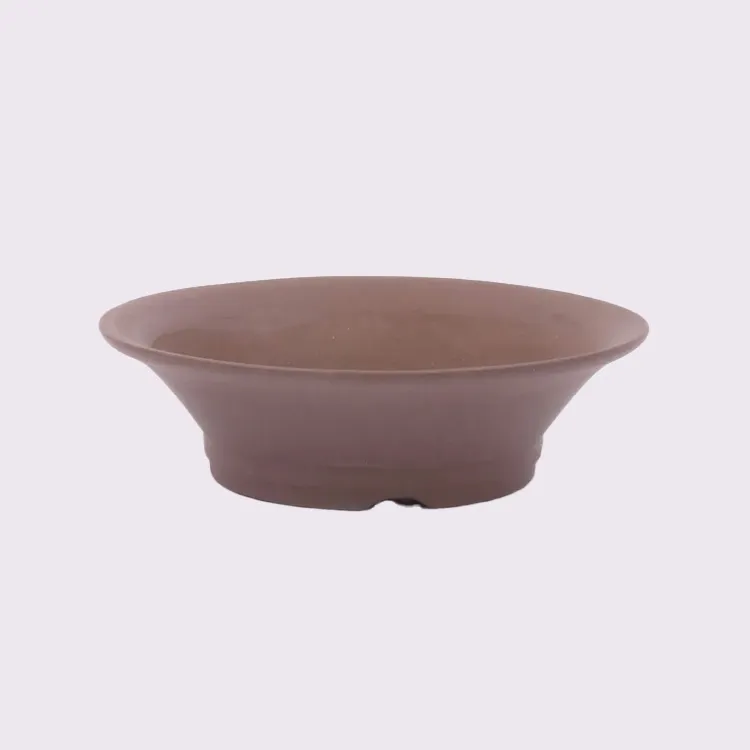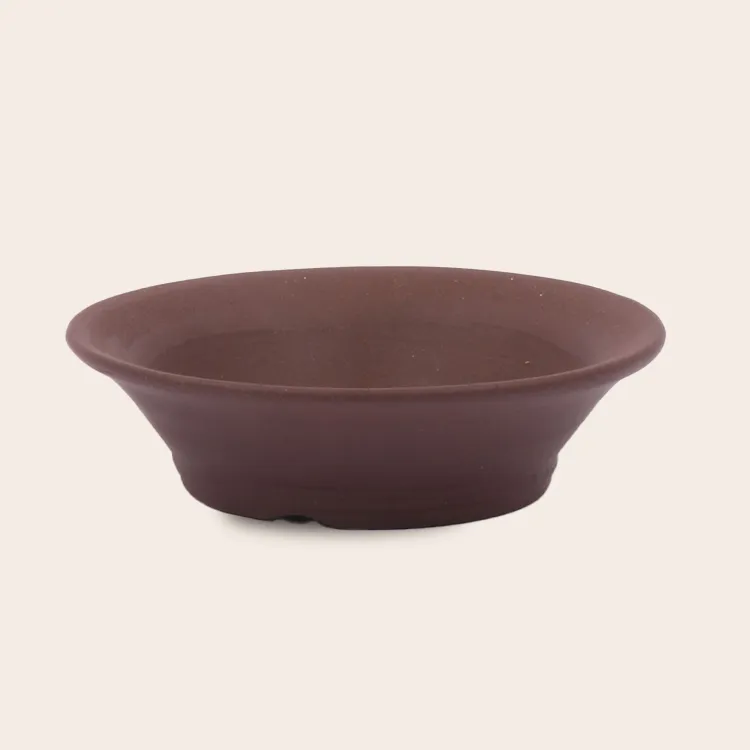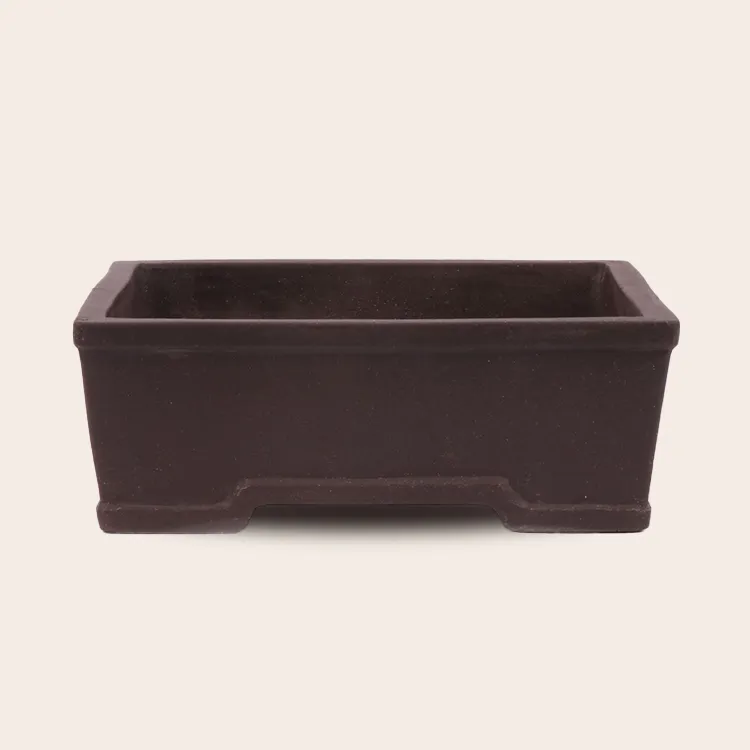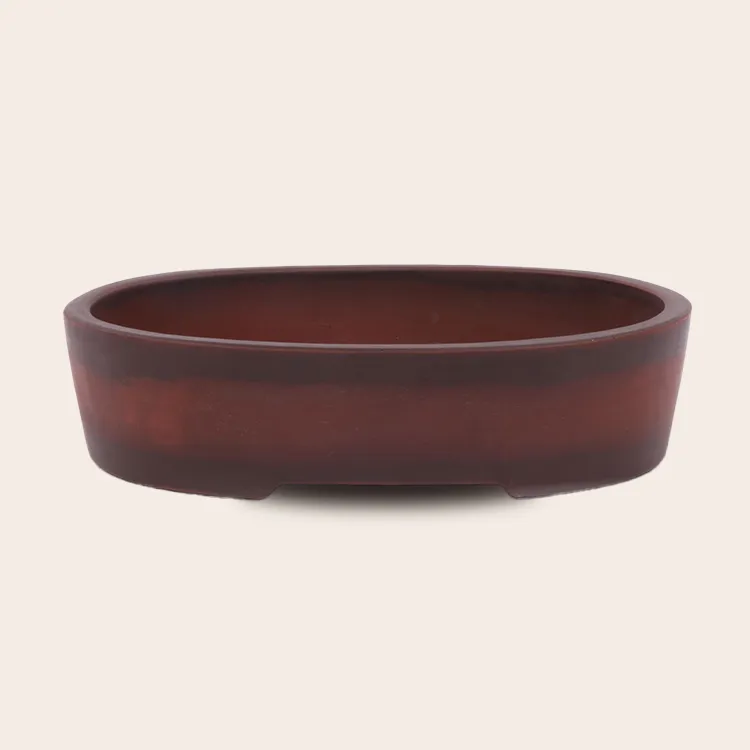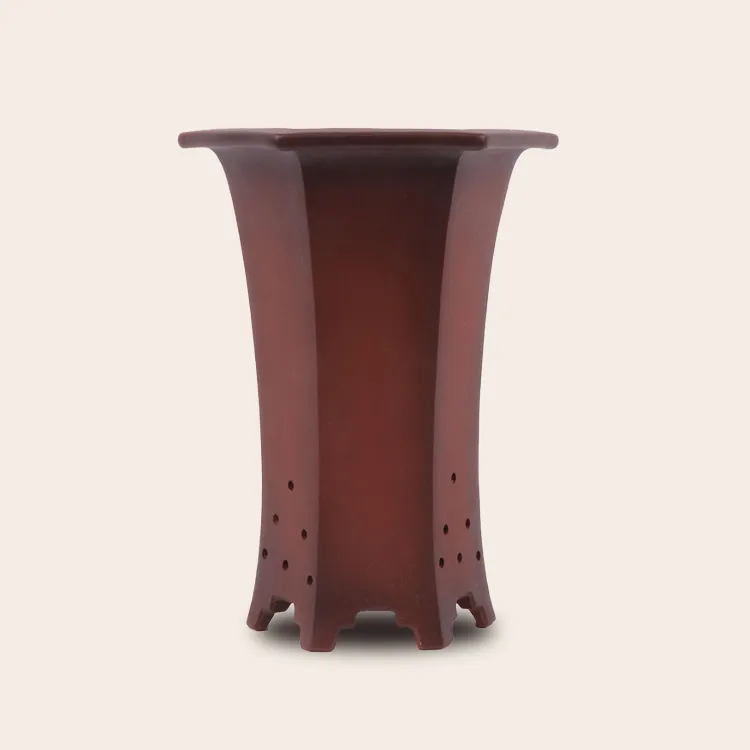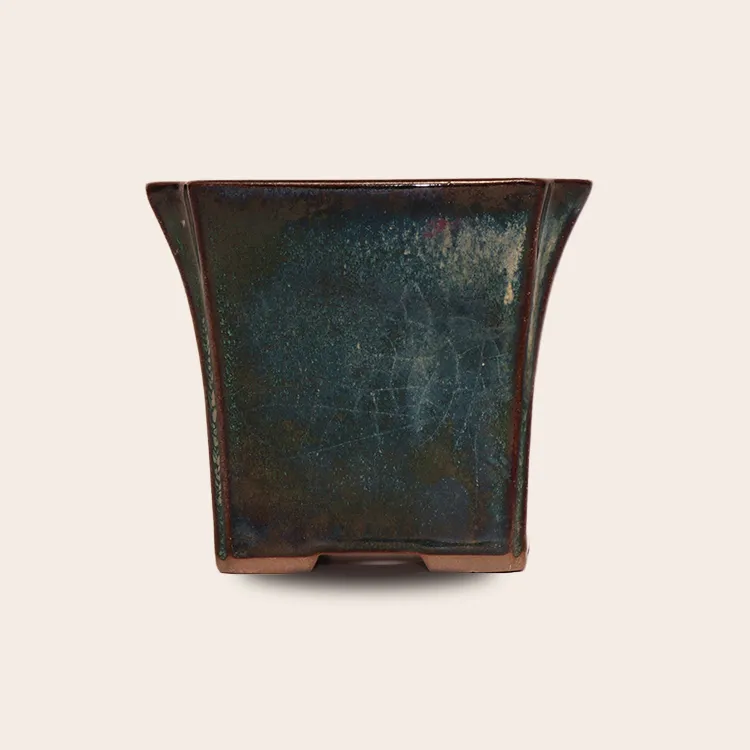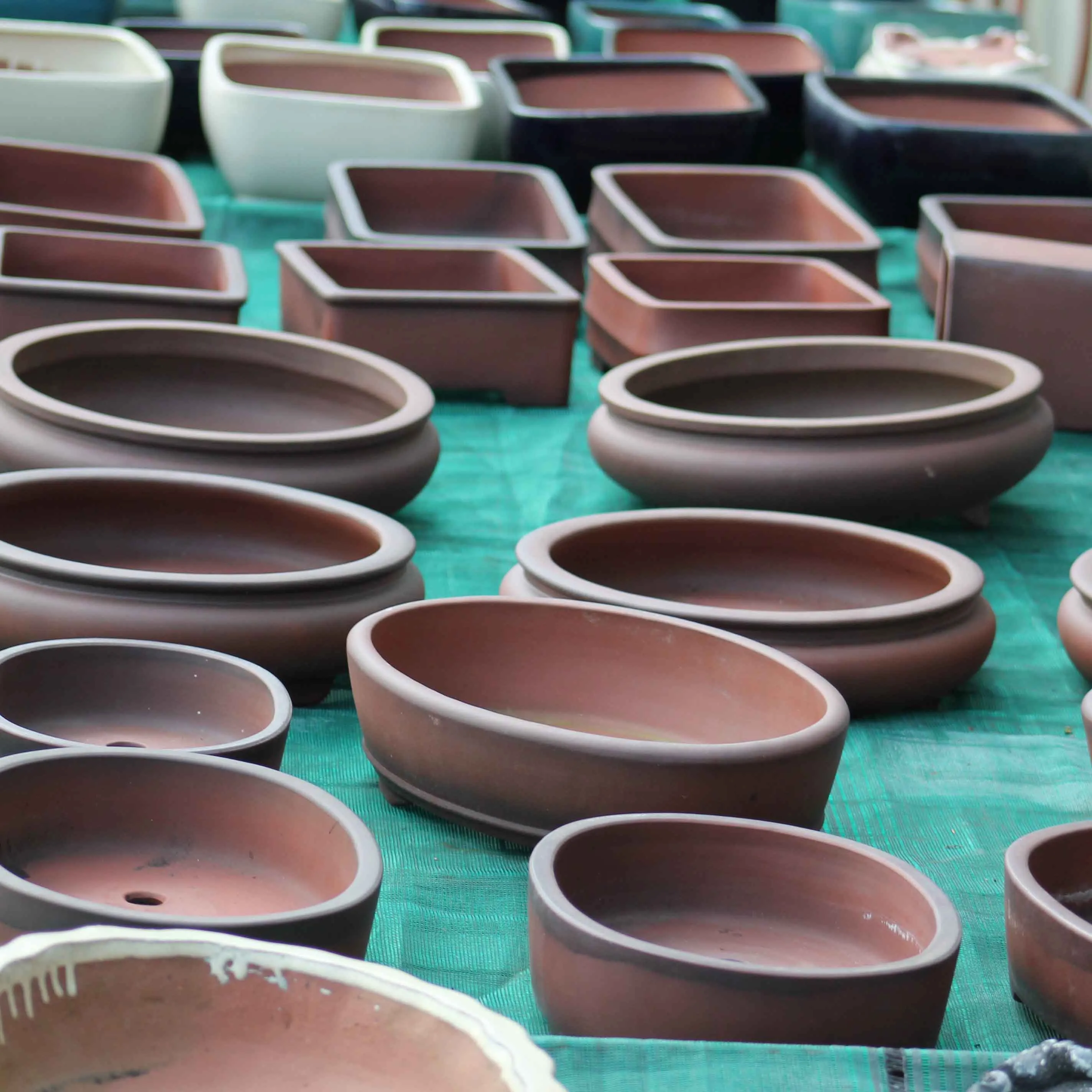Bonsai Fertilization: The Key to a Healthy Tree
Fertilization is a fundamental element in ensuring the vigor, balance, and beauty of a bonsai. A well-draining substrate low in natural nutrients, regular pruning cycles, and often cramped pots make nutrient inputs essential. But is it absolutely necessary to choose a "special bonsai" fertilizer ? Not necessarily.
At the nursery, we chose a universal mineral fertilizer NPK 12-12-17 (+2MgO), originally intended for tomatoes. Simple, complete, and effective, it has proven to be perfectly suited to our trees, regardless of their species.
Which fertilizer should you choose for a bonsai? Comparison of the main categories
1. Organic fertilizers (solid)
Examples: manure pellets, compost, vegetable oil cakes, Biogold
- ✅ Advantages : slow-release, enriches soil microbial life, very low risk of burns
- ❌ Disadvantages : sometimes strong odor, slow effect, reduced effectiveness in cold weather
2. Mineral fertilizers (solid or granular)
Examples: NPK 12-12-17 granules
- ✅ Advantages : fast and measurable action, precise composition, long shelf life, easy to dose
- ❌ Disadvantages : no biological effect on the soil, requires careful dosing
3. Liquid fertilizers
Examples: bonsai fertilizer to be diluted in water, growth promoters
- ✅ Advantages : immediate action, useful in case of temporary deficiency
- ❌ Disadvantages : effect too short, dissolves too quickly, risk root burns, requires frequent feeding
❌ Why we don't recommend liquid fertilizers
Liquid fertilizer is often tempting for its ease of use, but we strongly advise against it for regular use on trees.
- It dissolves immediately in the irrigation water, making its action very short-lived.
- There is a real risk of root burn, especially if the tree is underwatered or during periods of extreme heat.
- It is difficult to dose precisely and can quickly lead to imbalance or deficiencies if used incorrectly.
In summary : it is suitable for occasional applications, but not as a primary fertilization.
✅ Why we use a universal mineral fertilizer in granules
The NPK 12-12-17 (+2MgO) fertilizer we use is not originally specific to bonsai—it is a universal fertilizer, designed for vegetable crops (especially tomatoes). But it's precisely its simplicity, consistency, and balanced composition that make it an excellent choice for growing in pots.
Composition :
- 12% Nitrogen (N) : for stem and leaf growth
- 12% Phosphorus (P) : for root development
- 17% Potassium (K) : for flowering, general health, and resistance
- 2% Magnesium (MgO) : to promote nutrient uptake and intensify foliage color
- 22% Sulfuric Anhydride (SO₃) : soluble and assimilable
- Trace elements : Boron, Copper, Iron, Manganese, Zinc, etc., essential for plant health
How to use
Apply every 2 months, from approximately May to October
Recommended dosage :
| Pot size | Approximate quantity |
| Small (≤ 15 cm) | 1/4 handful (≈10 g) |
| Medium (15–25 cm) | 1/2 handful (≈20 g) |
| Large (> 25 cm) | 1 handful (≈40 g) |
Spread over the surface of the substrate, then water lightly.
⚠️ Caution : Overdosing can weaken or even kill the tree.
Can you alternate with an organic fertilizer?
Yes! We even recommend alternating with an organic fertilizer, such as well-rotted horse manure, to sustainably enrich the soil and stimulate microbial life. This is a good way to balance rapid application with a more natural nutrient base. In this case, you can alternate monthly between mineral and organic fertilizer.
In summary
There are a wide variety of bonsai fertilizers, and each can be suitable for a given context or method. For our part, we have chosen to keep it simple, effective, and stable: a solid, universal mineral fertilizer that is easy to manage and perfectly suited to the growing conditions of our nursery.
This is not an absolute rule : other formulas may work, but this one suits us very well because it is a reliable and accessible solution.


 Production of French Bonsai
Production of French Bonsai

